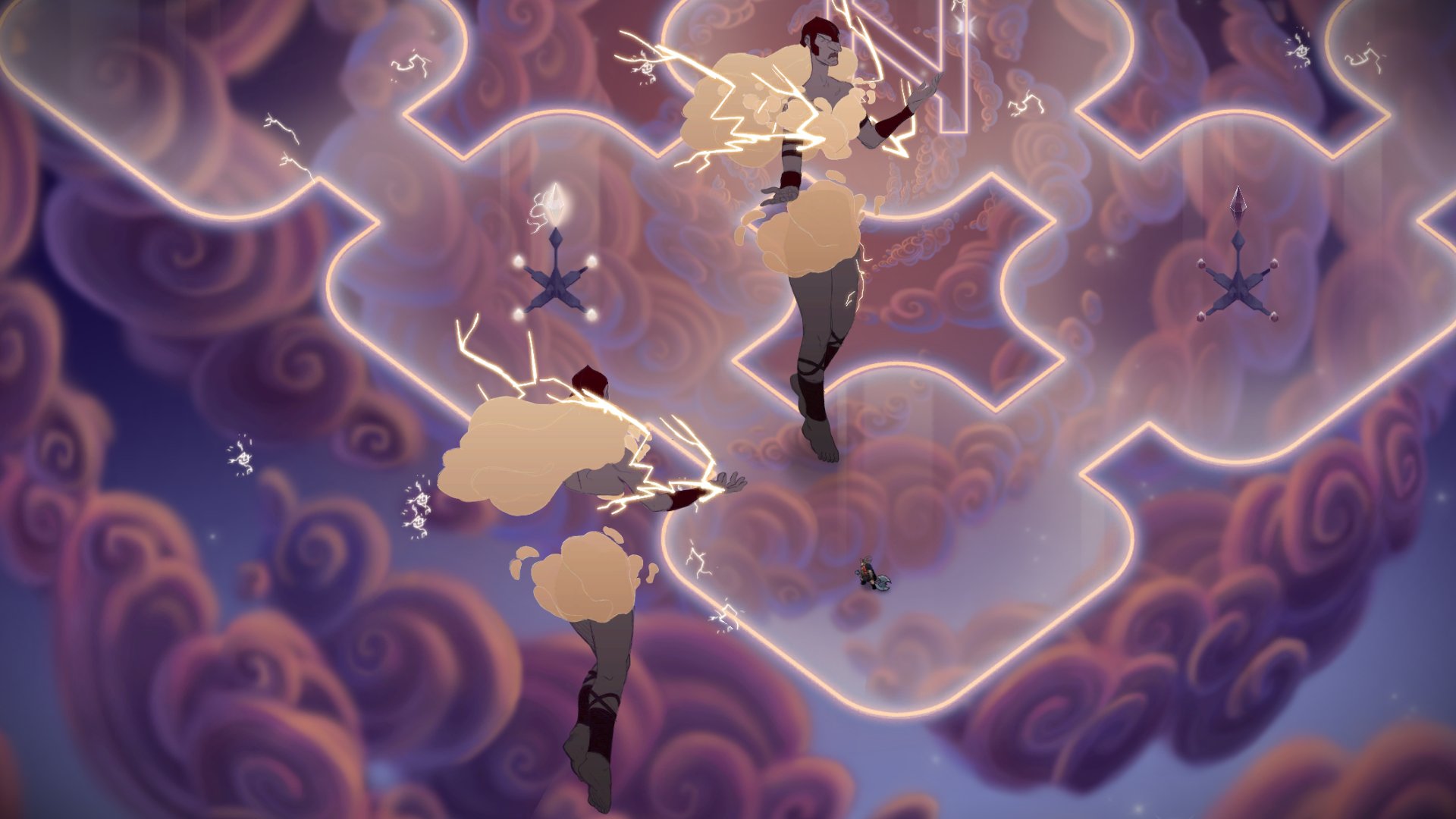Gods bless you.
I love an engaging narrative. Although a good story at the forefront of any game should be a base requirement, it’s only so often that we’re treated to one. Yet overall narrative extends beyond the main plot and characters—it offers a world to explore and familiarize yourself with. In games devoted to exploration or which have the time to devote to extensive exposition, this is easier to deliver. But in an action game composed of a handful of levels and a few bosses, this challenge increases. Jotun (pronounced “YOH-tuhn”), set in its own interpretation of Norse mythology, succeeded in this delivery. Along with its other well-implemented elements, it’s a quality work of expression.
The story is focused on Thora, a Viking warrior who died an inglorious death, drowning while out to sea with her soldiers. Odin, perhaps taking pity on her, offers her the chance to ascend to Valhalla anyway if she completes his challenge of defeating a selection of jotun, giant elemental beings in this case. Before she can face them, she must explore their realms and find their runes, which unlock the path to their domains. As you progress, Thora, voiced in Icelandic, reveals portions of her life story and reflects on the diverse world she’s exploring.
Perhaps, the developer’s own suggestion that this game evokes both Shadow of the Colossus and Journey has some basis in reality, but this experience isn’t a carbon copy or transparent homage. While searching for the runes, Thora explores nine unique levels, which each convey a sense of solitude and danger. For example, in The Northern Sky, she must travel across indigo-hued clouds against a starry sky, recreating constellations by hitting devices found on each. Initially, it’s a quiet and reflective affair, but it’s not long before stormy clouds eject little currents of electricity she must dodge while examining and executing these constellations. As they escalate, random bolts of lightning begin to descend with brief tells beforehand.
All the stages share this idea of exploration that becomes increasingly dangerous, and the pacing at which the danger surmounts is key to staying dedicated and absorbed. If players entered each, seeing a slew of traps and nonsense, they could be repelled from the experience. Instead, they are lured in to the point of no return. You want to see what else there is in store for you because it could be helpful, interesting, beautiful, or all of the above.
They each also share a number of other qualities, which are key to enjoying the gamut of the Jotun experience. For example, you’ll find statues of Norse gods, which grant Thora abilities to aid her quest, such as healing or increased strength to her heavy attack. She can also upgrade her health by finding tucked-away trees bearing Ithunn’s apples. And aside from those, healing/refreshing fountains or Mimir, the runes, and the exploration puzzles blocking the way, there are often narrative-building points of interest. In Brokkr’s Forge, this is the forge where Thor’s hammer, Mjolnir, was created, and in Vethrfolnir’s Roost, it’s occasional glimpses of the squirrel, Ratotoskr, ascending and descending Yggdrasil’s trunk. In some, you’ll actually see the other stages from special vantage points, which reminds me of Okami.
It’s these points of interest coupled with other reveals of Norse mythology—Thora always comments on newly introduced characters and concepts with a degree of reverence—that really sell these areas to me. Accepting the idea of these areas being part of a carefully-created challenge by Odin himself, they not only draw the player’s interest in the world but also act as a kind of ritual for the deceased Thora to remind herself of the origins of her people. It lets you mourn her while you simultaneously fight for her “life” as it has been granted to her for a short period.
Oddly, the caveat to this experience is that exploring these areas and looking for runes, activated by stepping on a panel, feels disconnected from the experience of fighting the mighty jotun. Valhalla, which is a Nordic heaven for warriors who fall in battle, doesn’t seem like the place to enact entry rules based on scavenger hunts. Another small complaint about these areas is that you always go in knowing you want to find three things: the rune, the god statue, and the apple. Though the minimum requirement is finding the rune, it’s foolish to skip the opportunity to upgrade Thora. But in a game that seems devoted to an immersive narrative experience, searching for known upgrades runs counter to exploration for exploration’s sake. It’s a reminder that you’re playing a game.
Of course, the meat to these potatoes is fighting the jotun themselves. Except for the nature jotun at the beginning of the game, players are welcome to tackle the remaining stages and jotun in any order they wish. Accessed through Ginnungagap, the Norse void which acts as a hub world, those desiring a guided experience can follow the lit arrows along the floor. There’s no discernible benefit to choosing one path over the other, and I actually defied the suggested order and fared just fine. Once the two runes for each area are found, the jotun’s domain is unlocked.
These colossi, if you will, are mean and tricky as their challenge increases as their health drops. From about an eighth to a fourth of their health lost, despite strong, damaging abilities, chipping away at their life with Thora’s axe feels simple enough. With more success comes more undeserved cockiness, however, as they will quickly remind you to play a more defensive game, especially by the halfway mark. The ice jotun will start barreling towards Thora and will roar loud enough to blow away the snow covering the land, leaving only very slippery ice. The lightning jotun, who already has an ability which follows Thora with dangerous bolts of lightning, will split into two autonomous, unsynchronized selves.
Like the exploration stages that preceded them, this gradual challenge increase lures you in and keeps you coming back for more. Each time Thora died (again?), and I read, “You have failed to impress the gods,” I only become more invested and enraged. And I kept telling myself that because I survived ten seconds of whatever BS each jotun was giving me, I could probably just change my strategy a little bit to overcome them. This is the kind of challenge, much like that presented in Dark Souls, that I find extremely compelling: one that feels insurmountable and possible at the same time. The comparison is also fitting given Thora’s diminutive size compared to the jotun and the fact that her axe chips so little health away at a time.
Controlling Thora is a bit different from my initial expectations. Compared to action games which offer something more fast-paced, she’s a bit like a tank in her moveset. She does have both a light and heavy attack, but the light attack is on the slow side. It’s also not part of a combo of any sort. Rather, there’s a tiny pause before she’ll swing again. Additionally, Thora has a dodge roll, but instead of offering a moment of invulnerability, it’s just a way to quickly get out of whatever spot she’s standing in. Like her light attack, there’s a pause between uses, so it can’t be spammed. Instead, the key to overcoming jotun and a few other enemies, is completely understanding the limitations of our powerhouse protagonist. Mistakes are often very costly.
I don’t have much in the way of criticism for how Thora herself controls. The biggest irritation was the way her abilities are implemented. In total, there are six of them for her to find, and they each have limited uses, which can’t be reset, unless she finds Mimir or defeats a jotun. If she finds a repeat of one in her travels, she’ll gain one more use, which definitely can be the deciding factor in a battle. However, rather than map each ability to its own button, there’s one ability button, and players must cycle through each to make one active. Let me tell you, when everything is happening on screen, looking to the upper right-hand corner to see what ability you have selected is the very last thing you want to do.
Aside from the fun and intriguing gameplay, Jotun is a feast for the eyes and ears. The superb graphics convey a lot of thought and talent. The characters themselves appear illustrated with flat swatches of color outlined boldly in artist’s pencil. They are offset against vibrantly painted backgrounds, accomplishing a style reminiscent of Disney’s animated films during the '80s prior to their increased use of CGI. I was taking screenshots throughout the game as a result, even capturing a masterful use of hastened illustration during one of Vethrfolnir’s eagle’s many dive-bombs.
The soundtrack, composed by relative newcomer Max LL, is dramatic and perfect. On top of complementing each exploration stage with appropriate thoughtfulness, the mounting movements of the jotun themes are divine. Along with the increasing challenge, the music for each builds continuously, effectively capturing Thora’s battle for dear life as the on-screen action descends into absolute mayhem. Dying during these moments and hearing the music’s sudden end is like taking the breath out of your lungs. It expresses loss very well, even if it’s only the player’s.
All told, Jotun is a wonderful experience with just a few sour notes. My only regret about it is that it feels short. The developer went to great lengths to create a seemingly complete experience; that is, the design of Ginnungagap is so closed and deliberate, I don’t know where they’d add another jotun stage, even as DLC. But that doesn’t change my desire to just play more and more of it. Their Kickstarter suggested they reached they would implement a New Game+, but there’s currently no mention of it on Steam. But I digress. Jotun is great, and I’m excited for what else Thunder Lotus Games may have in store for it and other IP.
-
Superb graphics, reminiscent of '80s Disney
-
Beautiful, complementary soundtrack
-
Thoughtful exploration stages increase immersion and interest in Norse roots
-
Slowly increasing challenge for exploration and jotun stages
-
Disconnected feel to exploration stages
-
Frustrating single ability button
-
Game feels short but in a good way
jotun
-
jotun #1

-
jotun #2
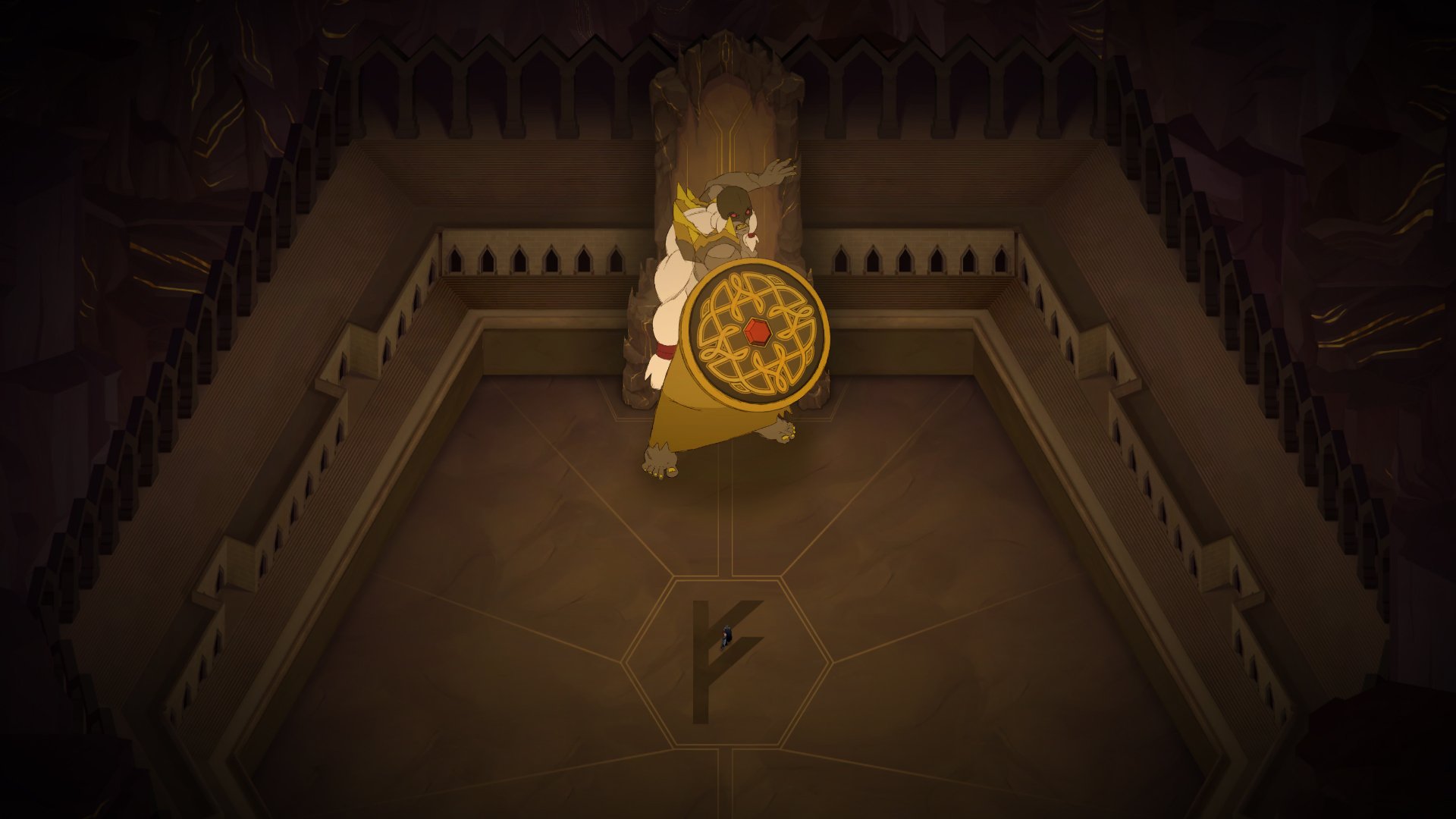
-
jotun #3
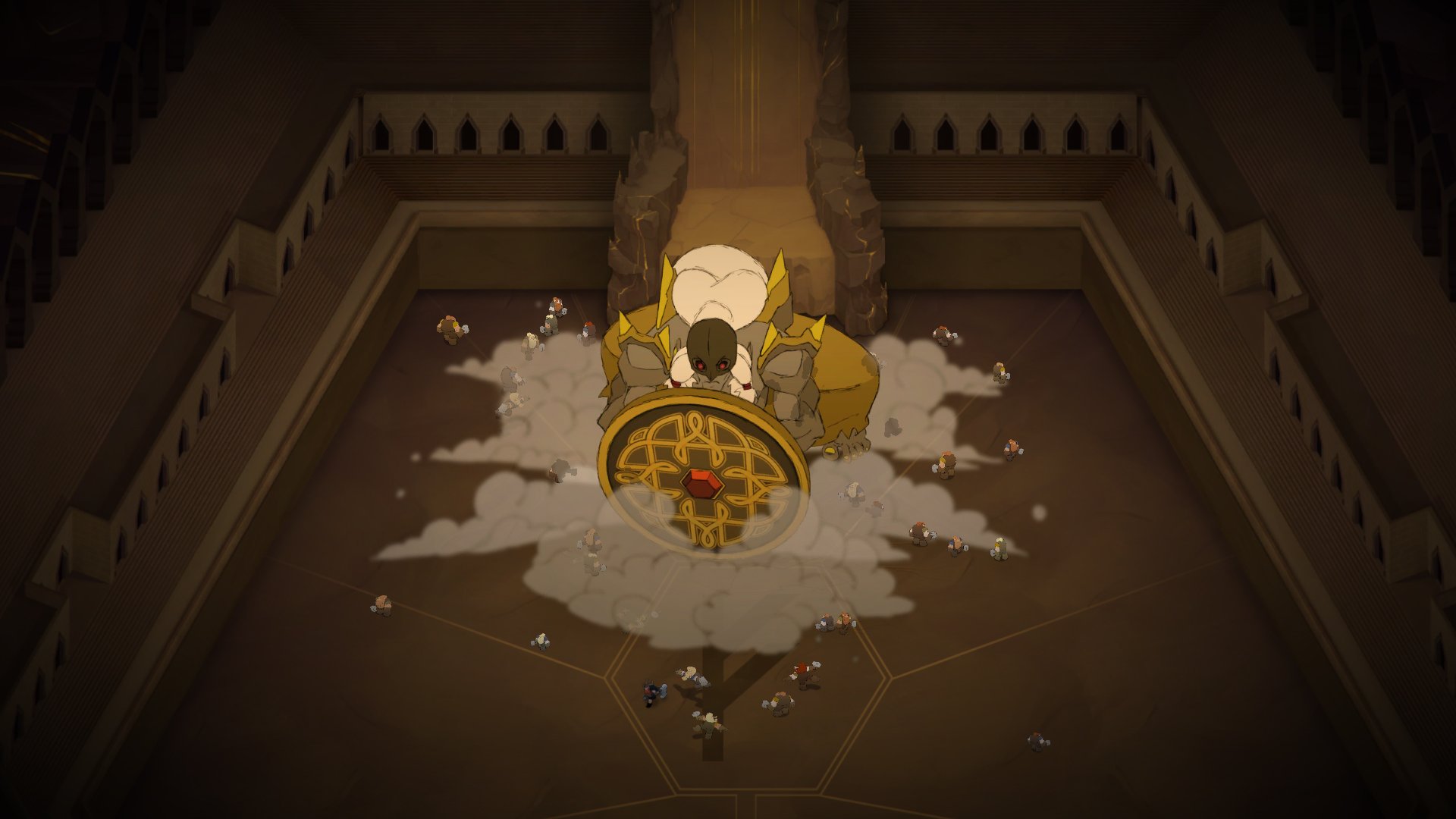
-
jotun #4
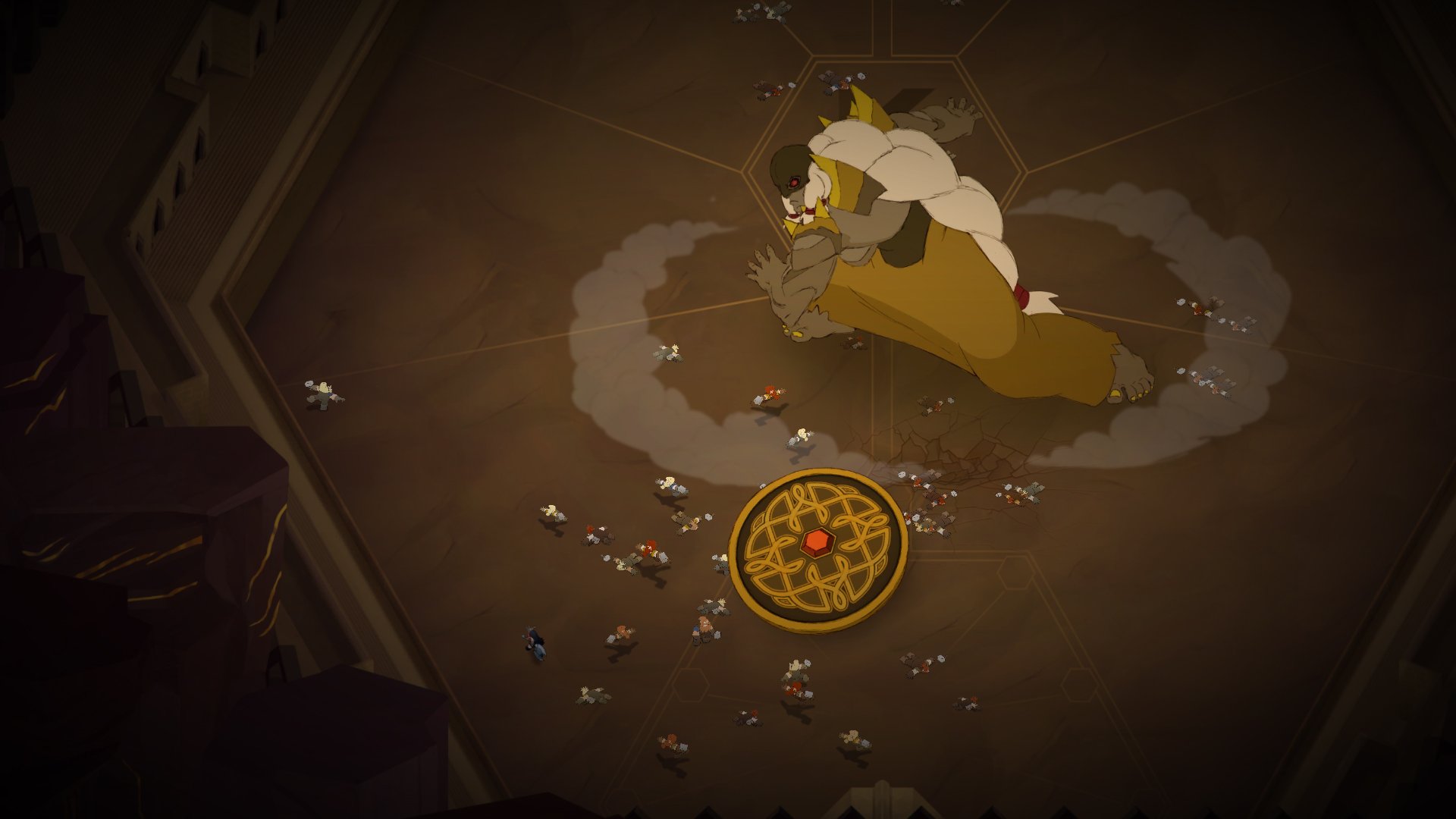
-
jotun #5
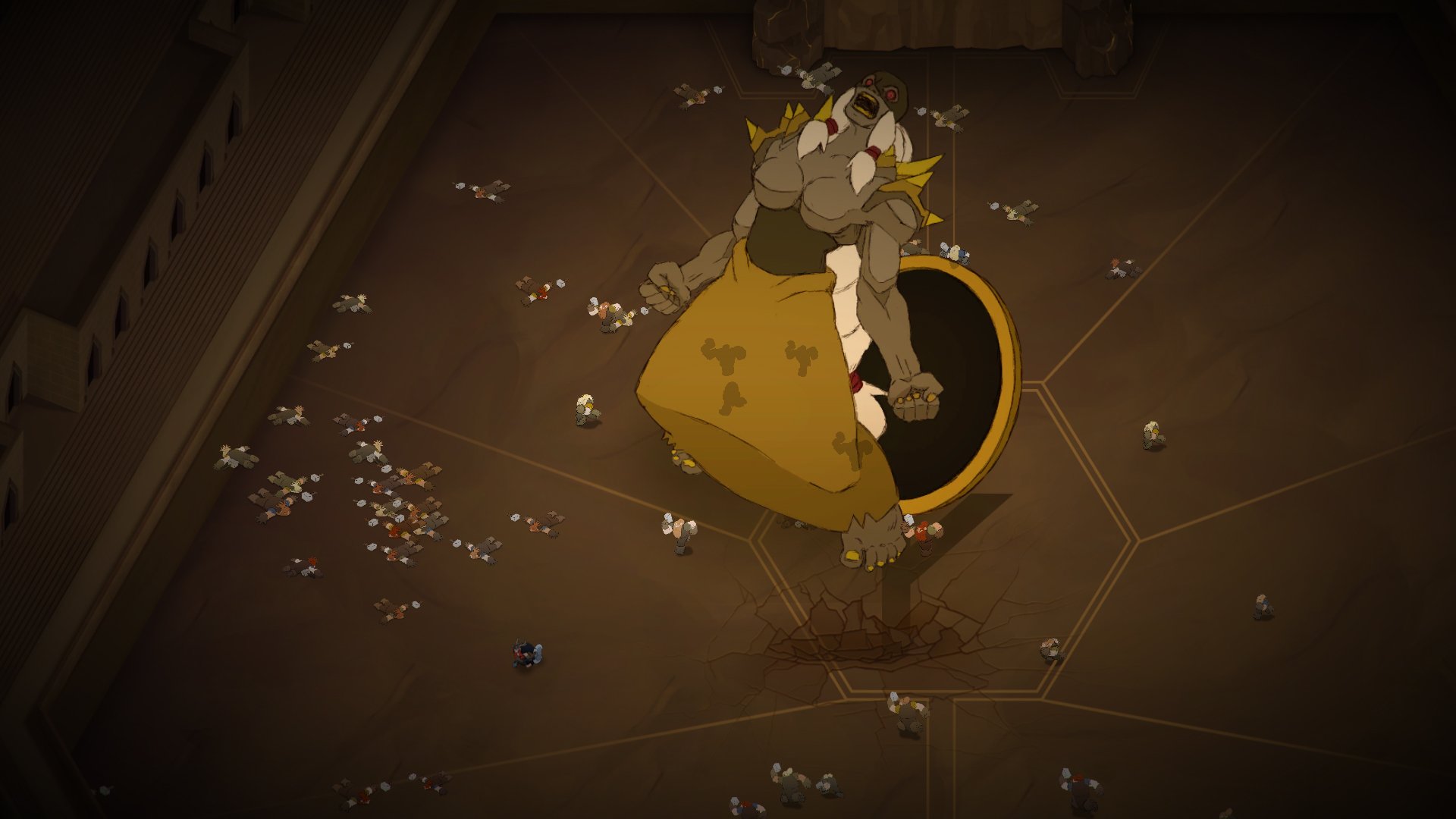
-
jotun #6
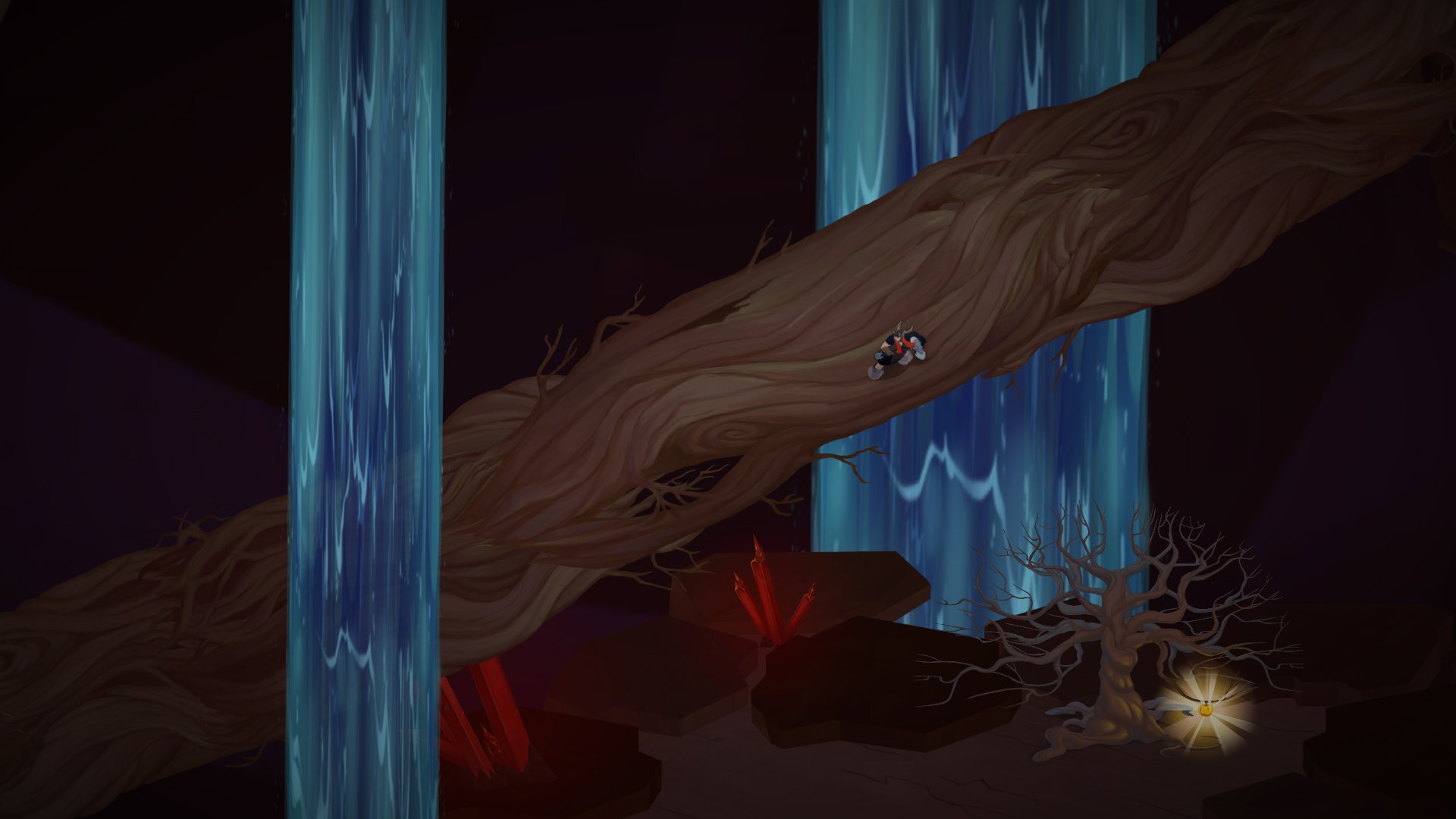
-
jotun #7
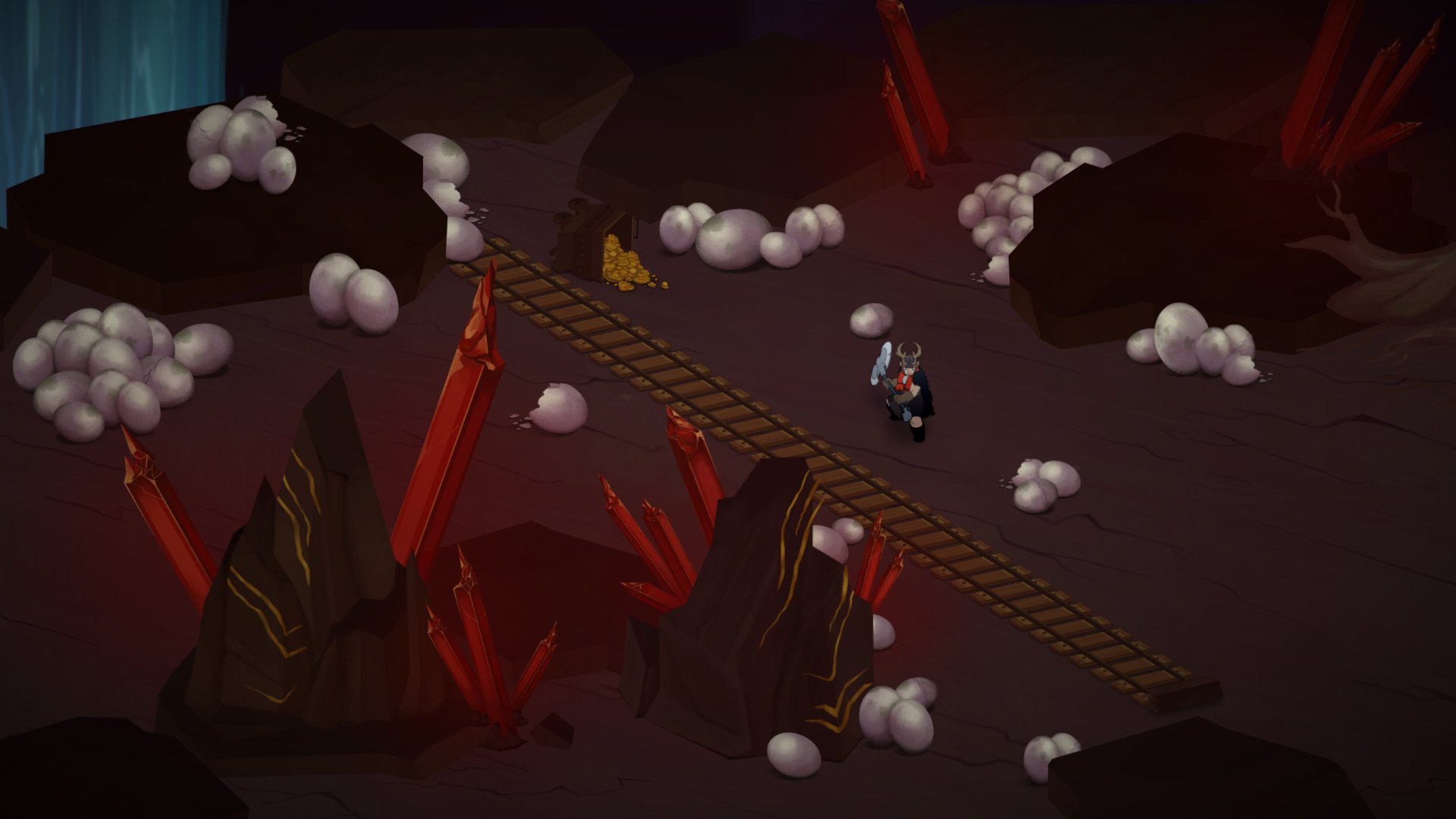
-
jotun #8
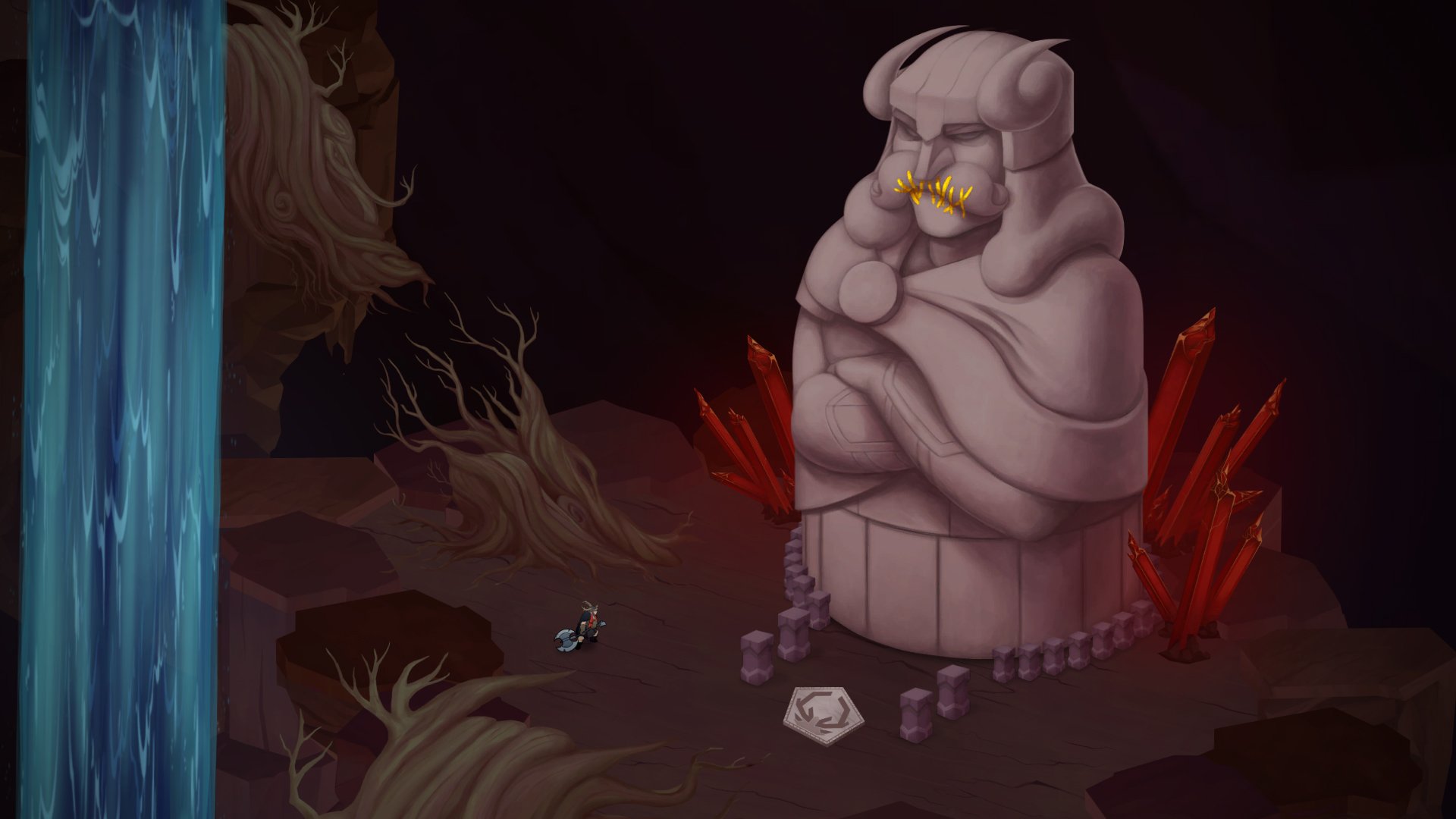
-
jotun #9
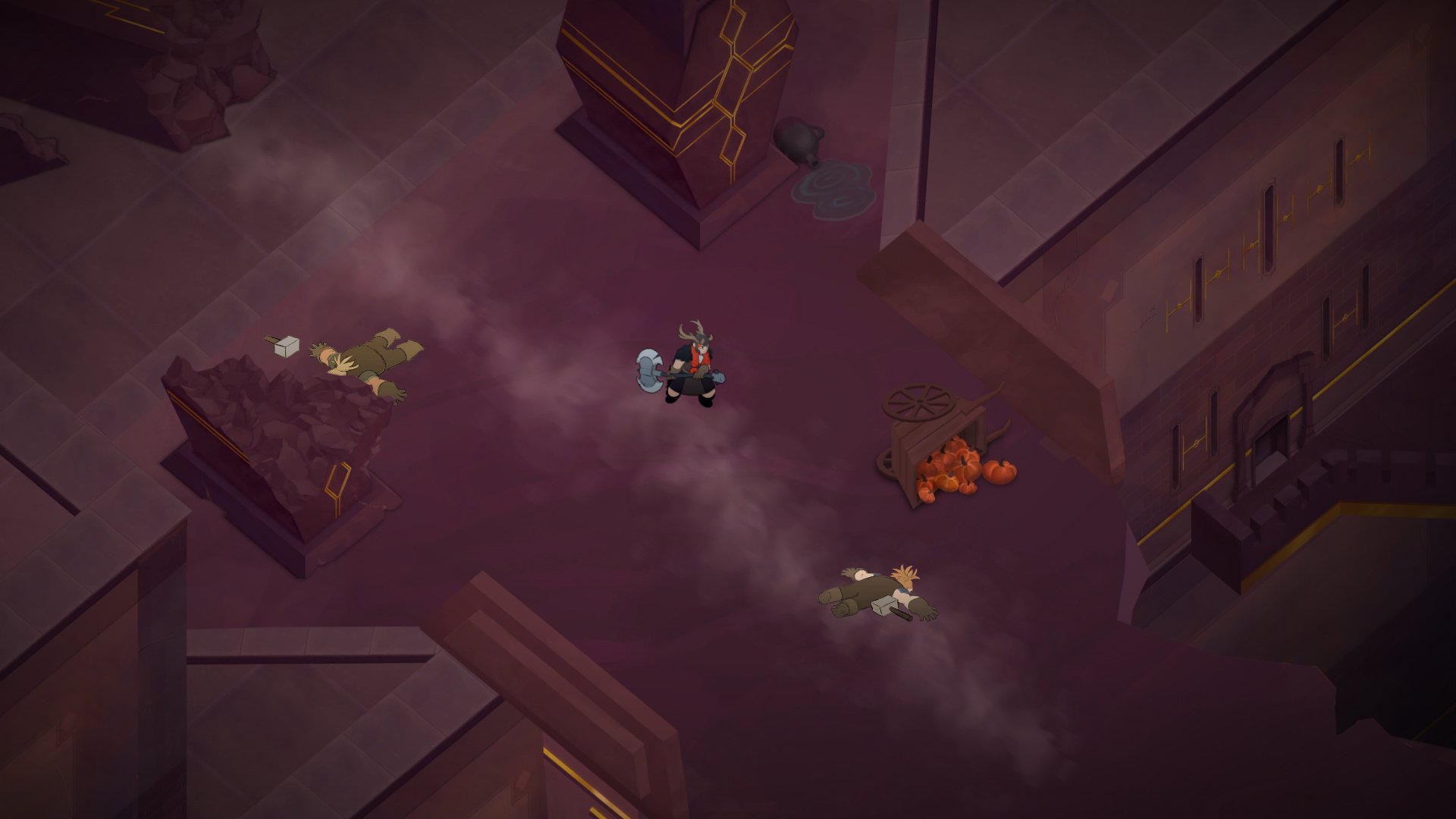
-
jotun #10

-
jotun #11
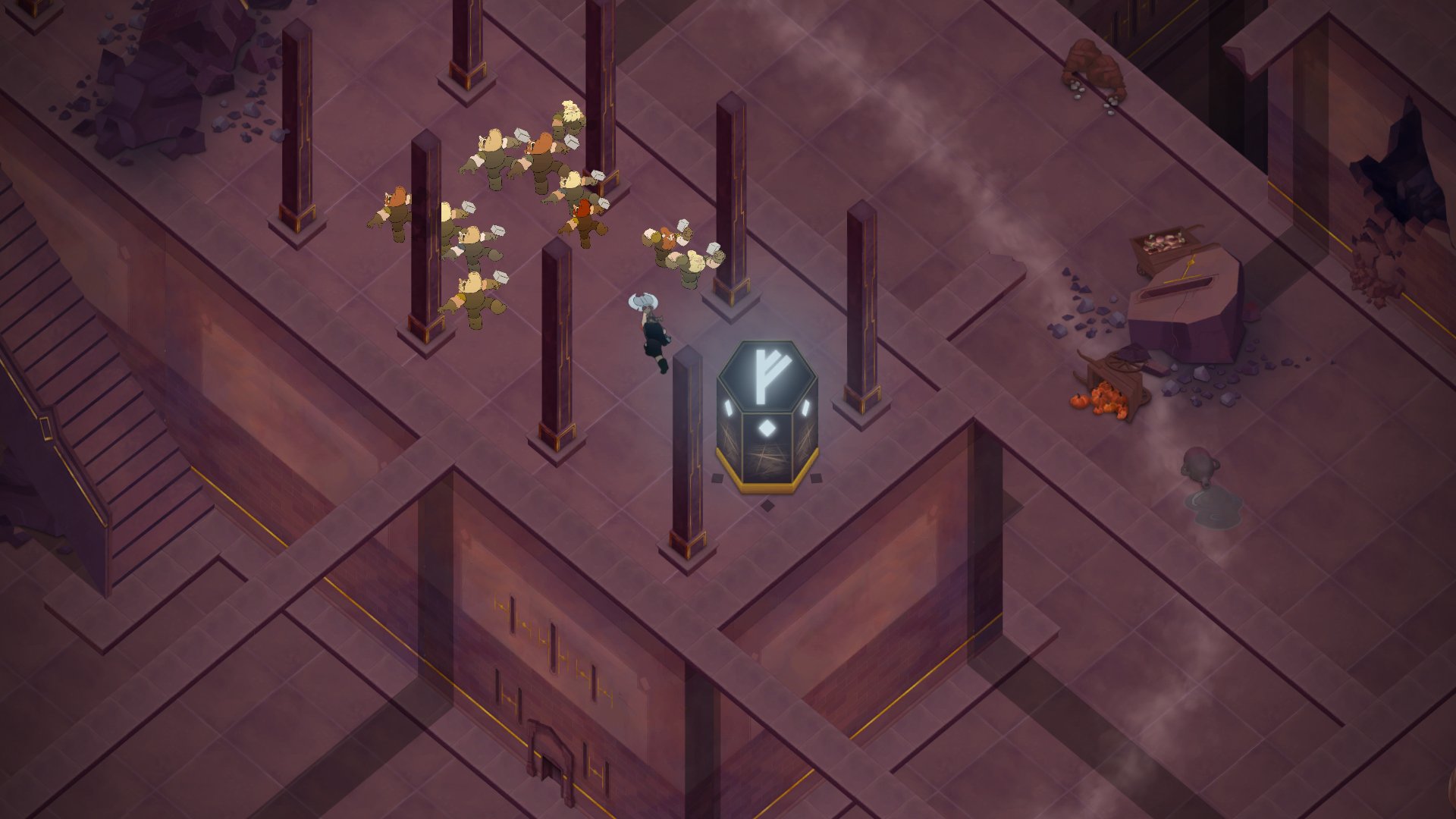
-
jotun #12

-
jotun #13
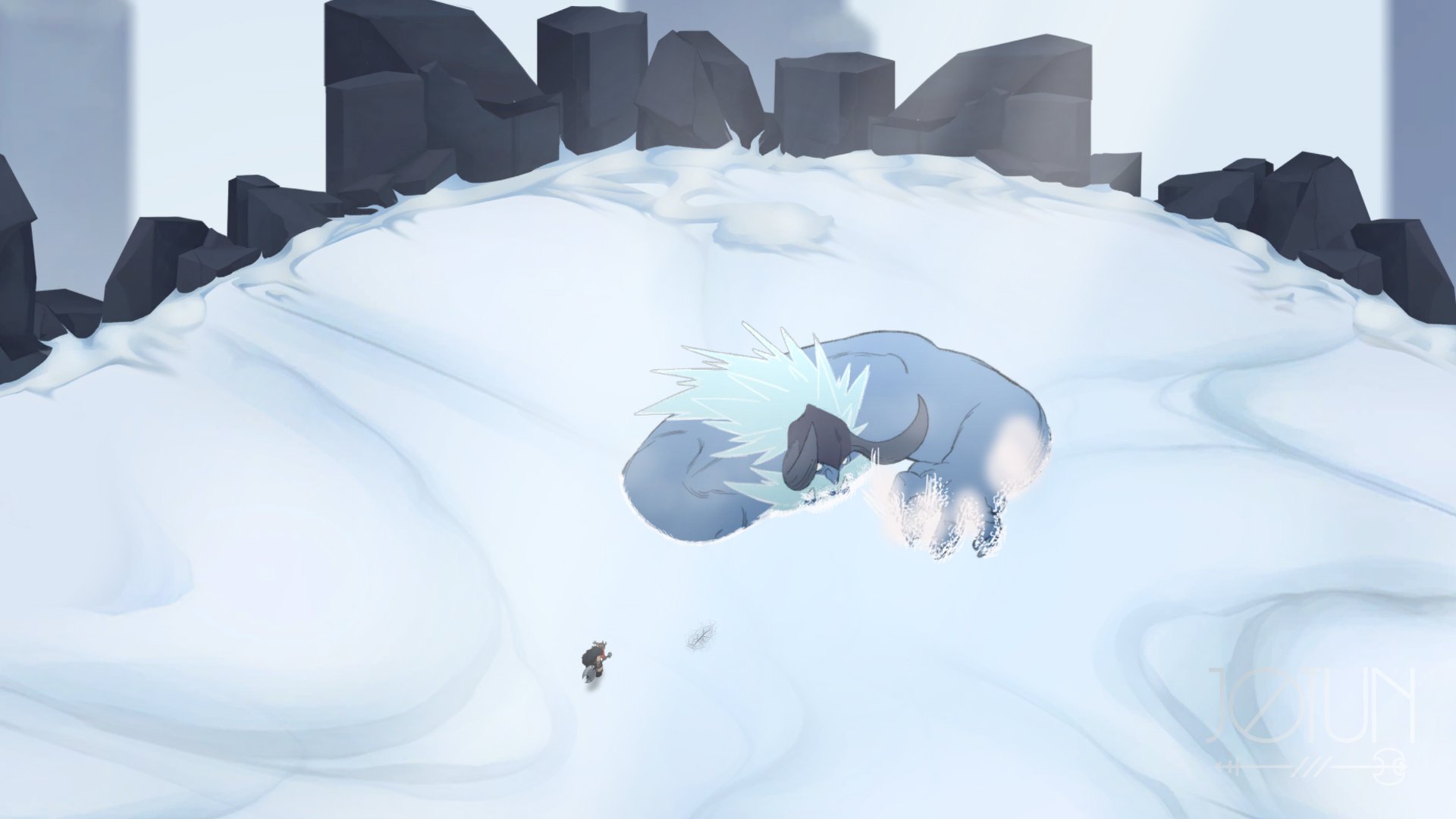
-
jotun #14
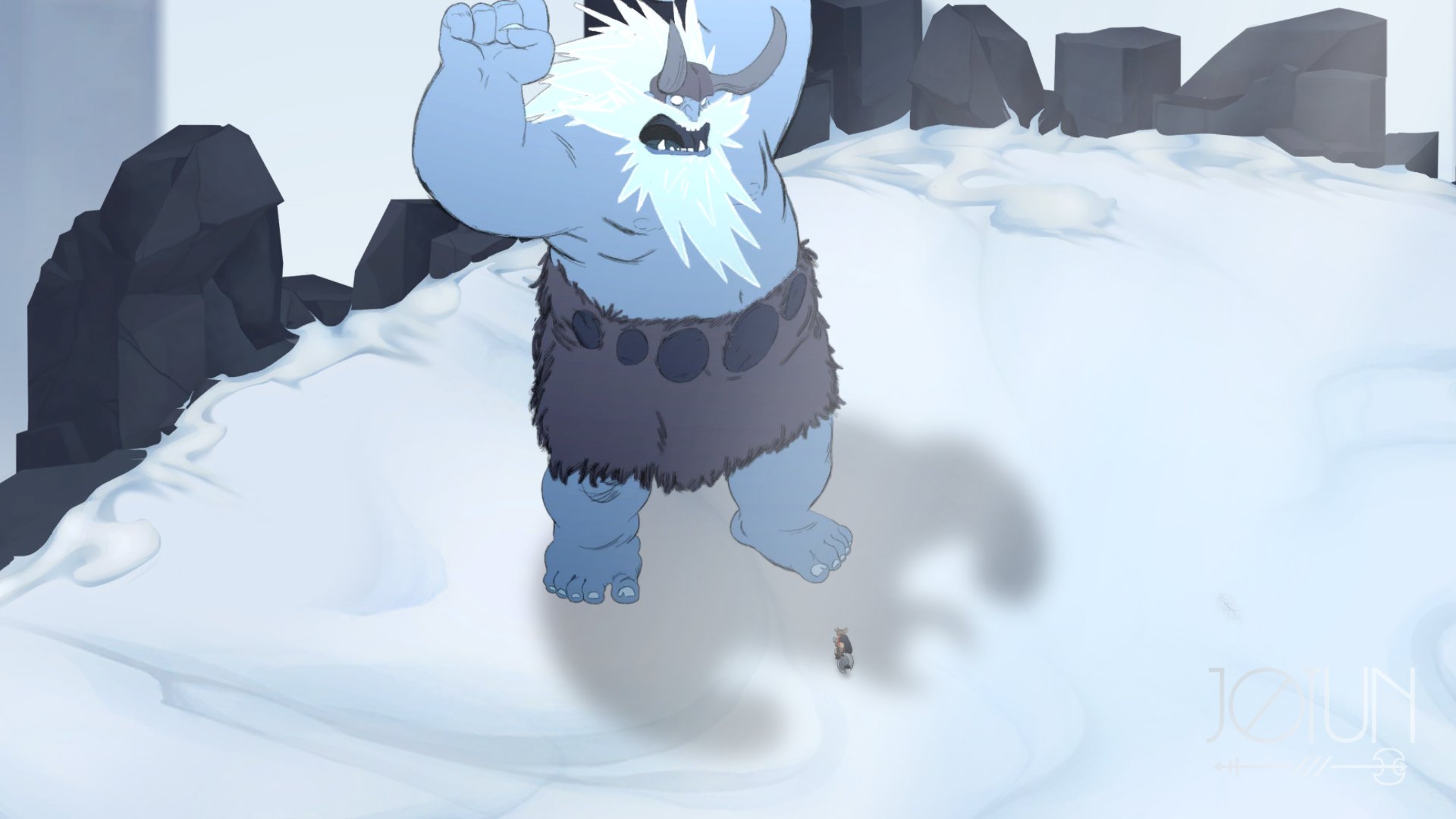
-
jotun #15

-
jotun #16
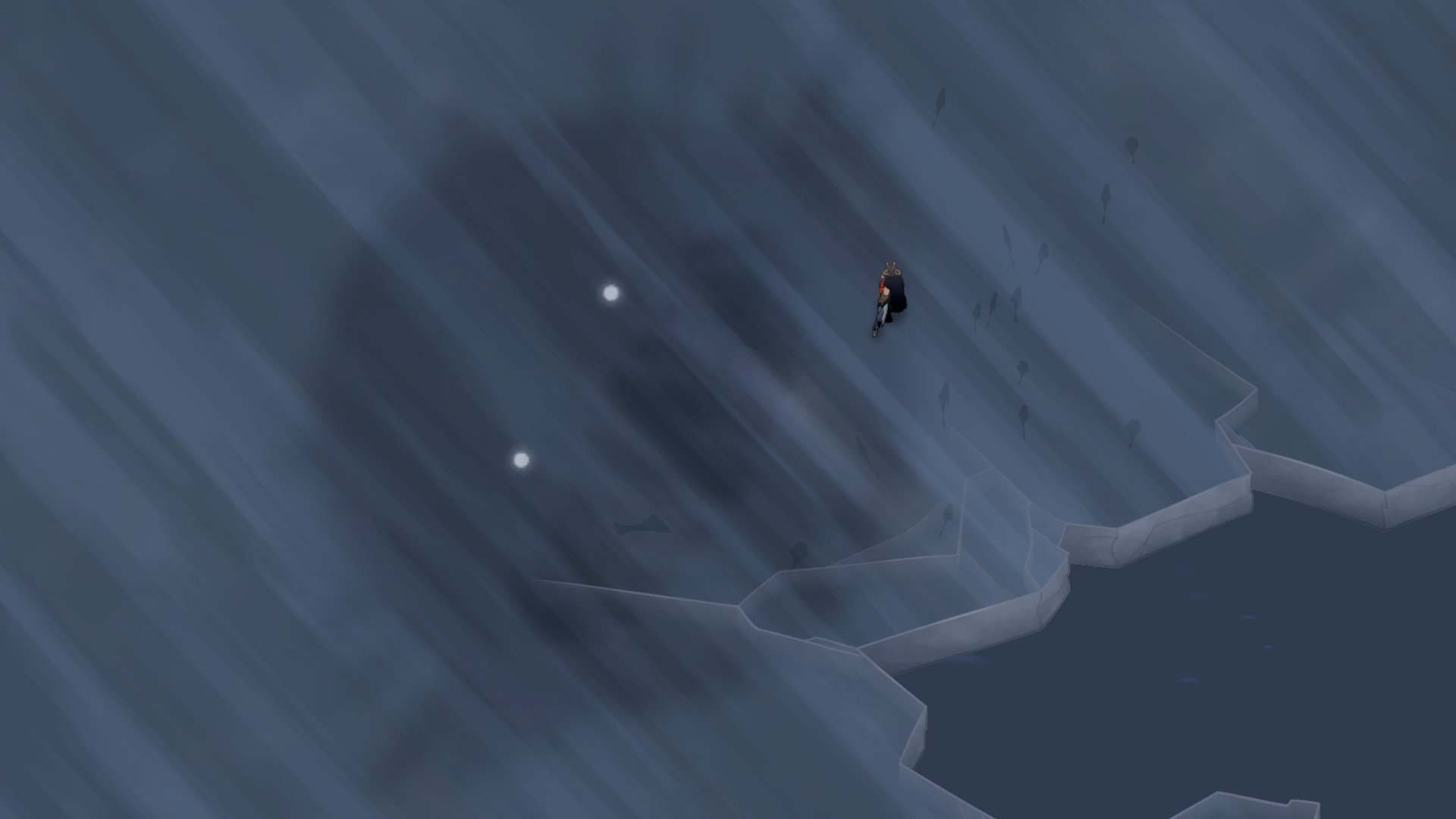
-
jotun #17
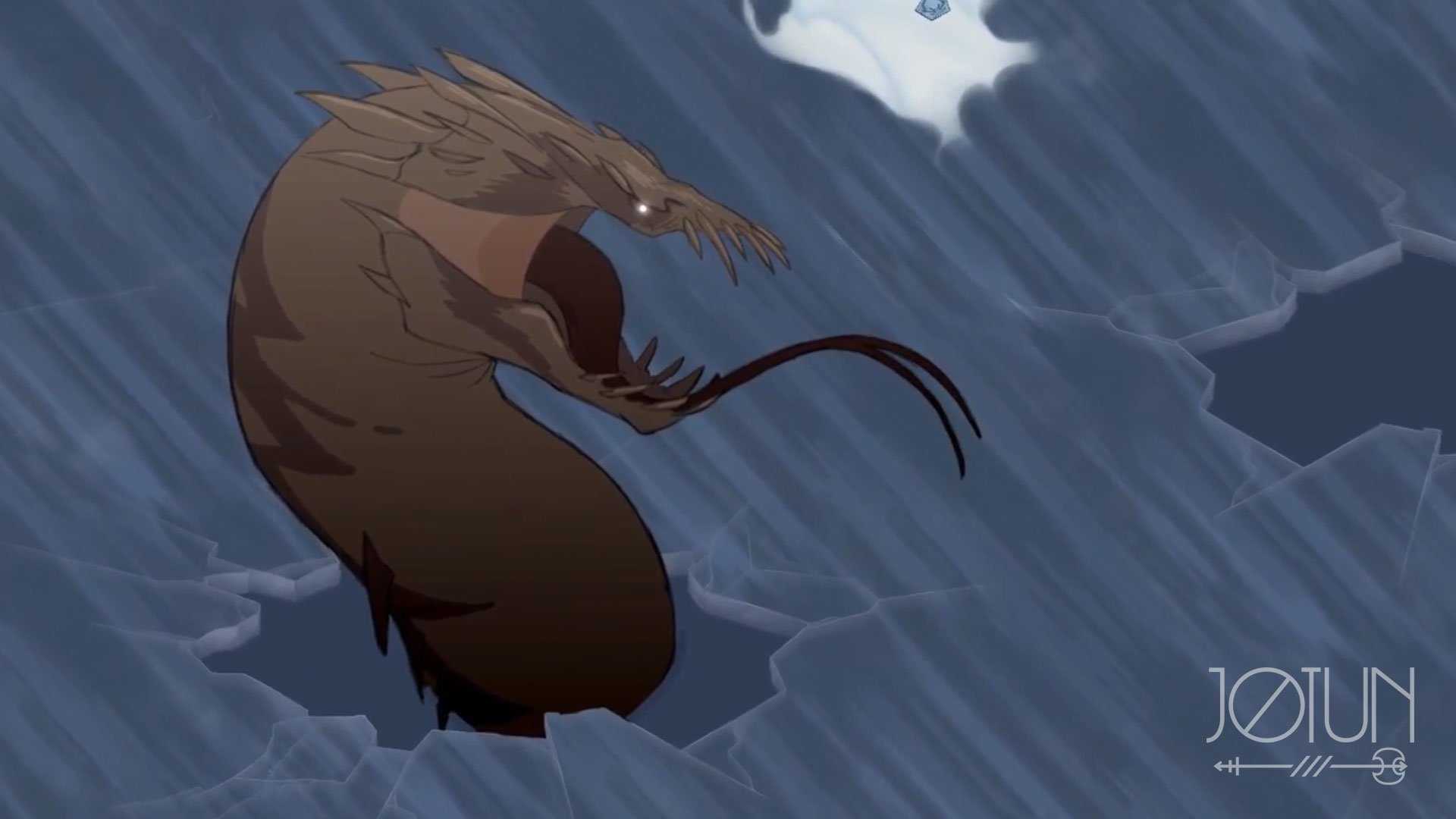
-
jotun #18
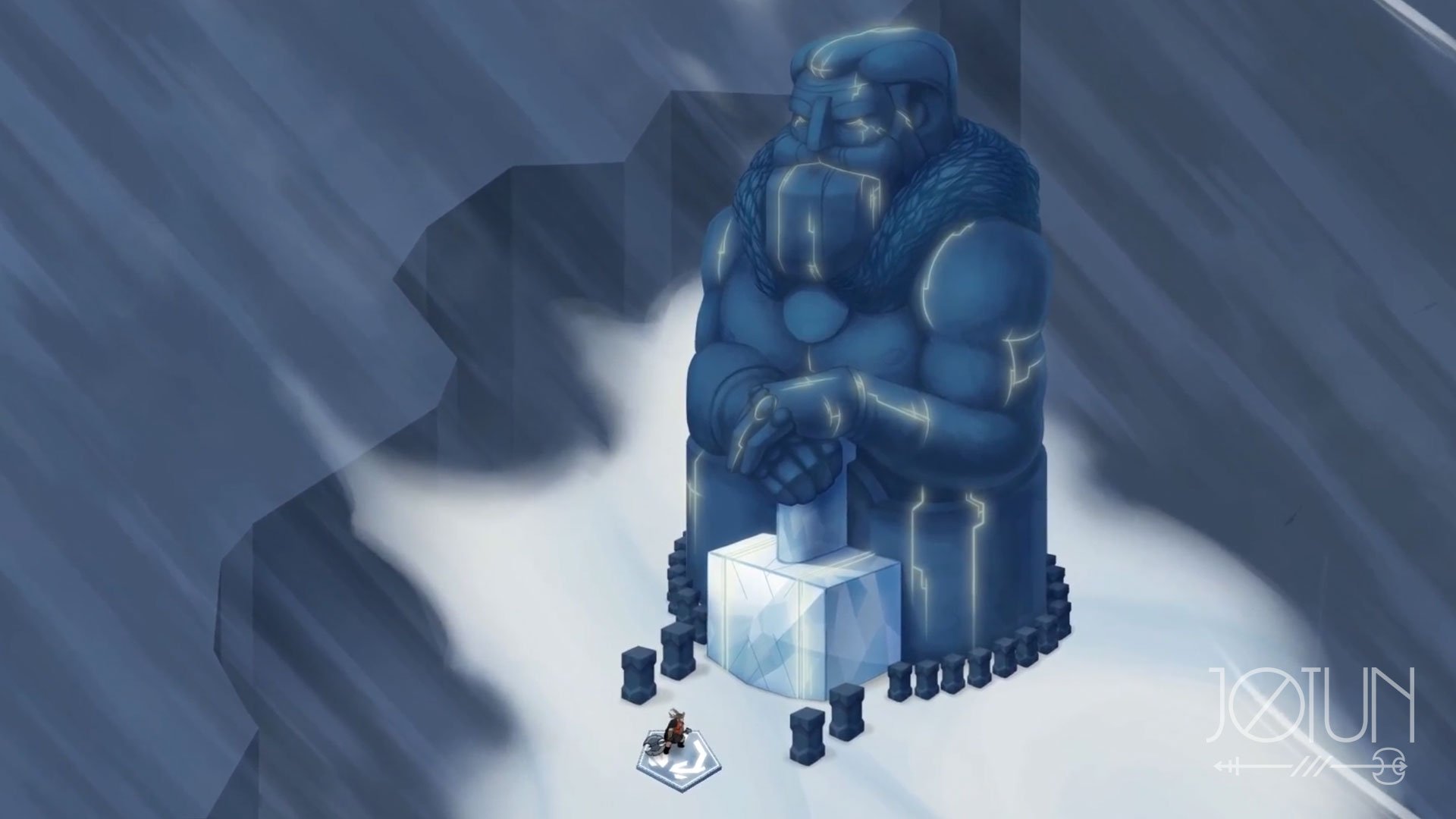
-
jotun #19

-
jotun #20
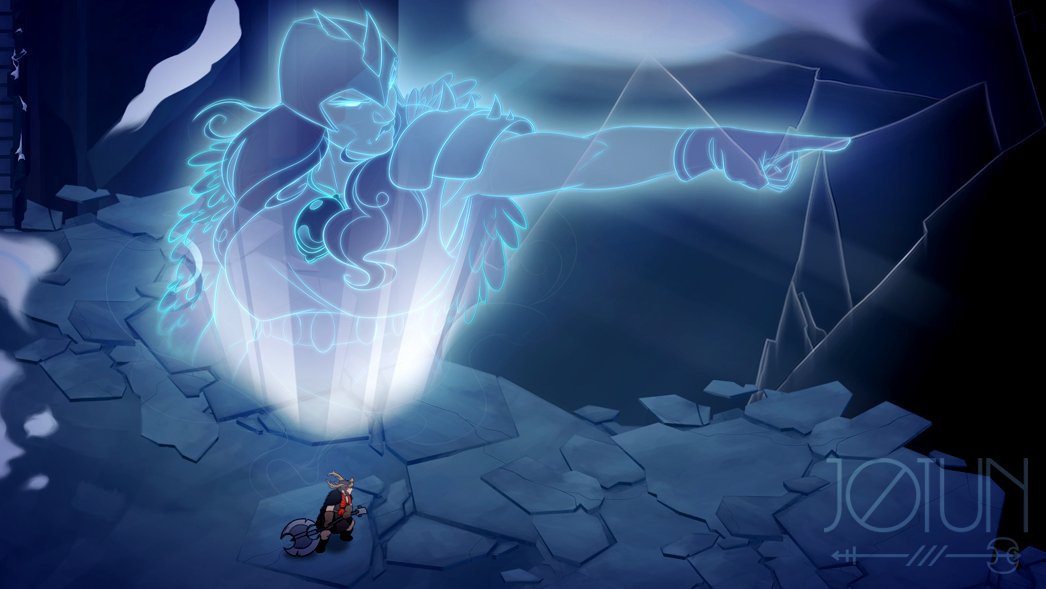
-
jotun #21
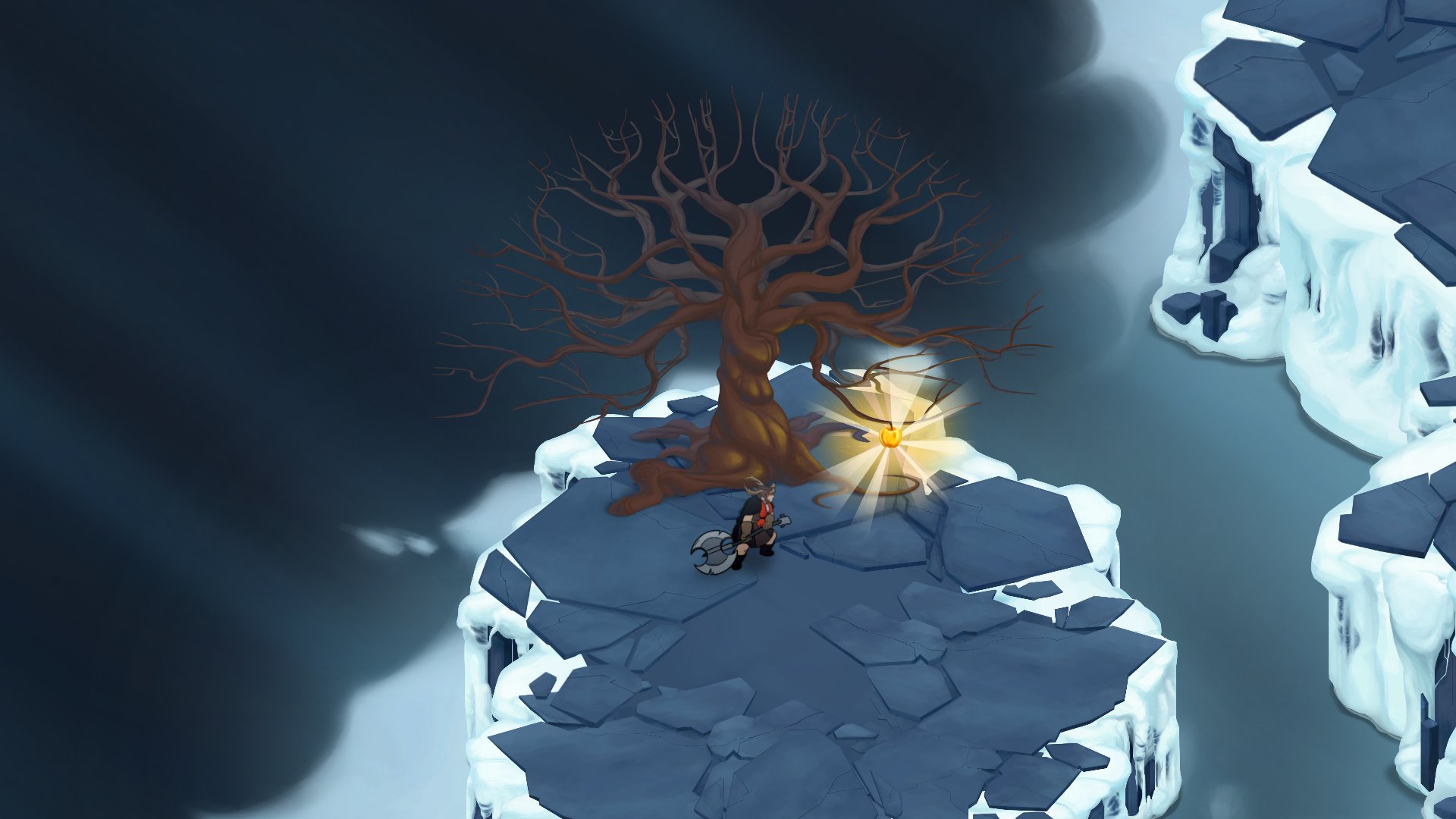
-
jotun #22
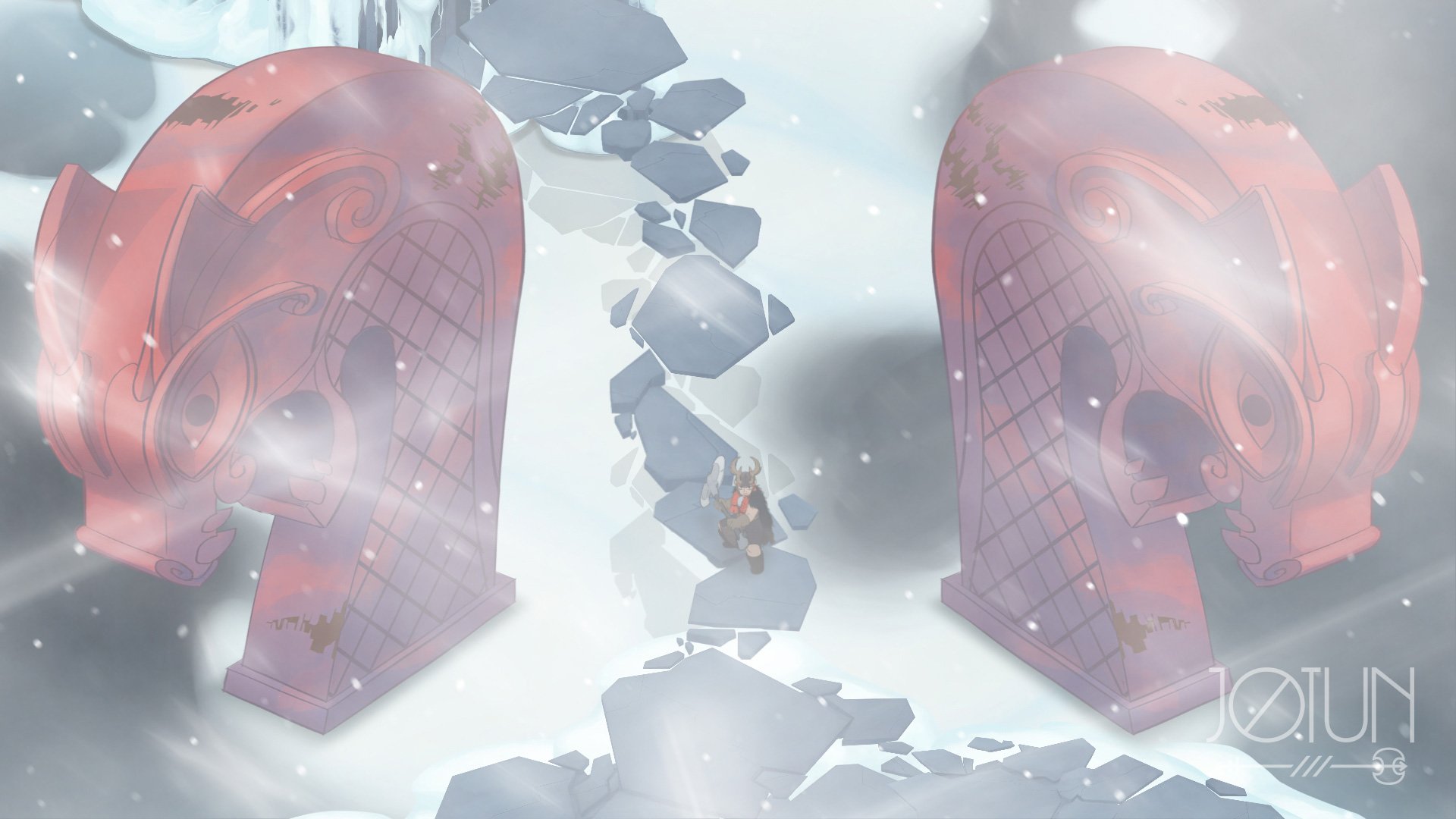
-
jotun #23
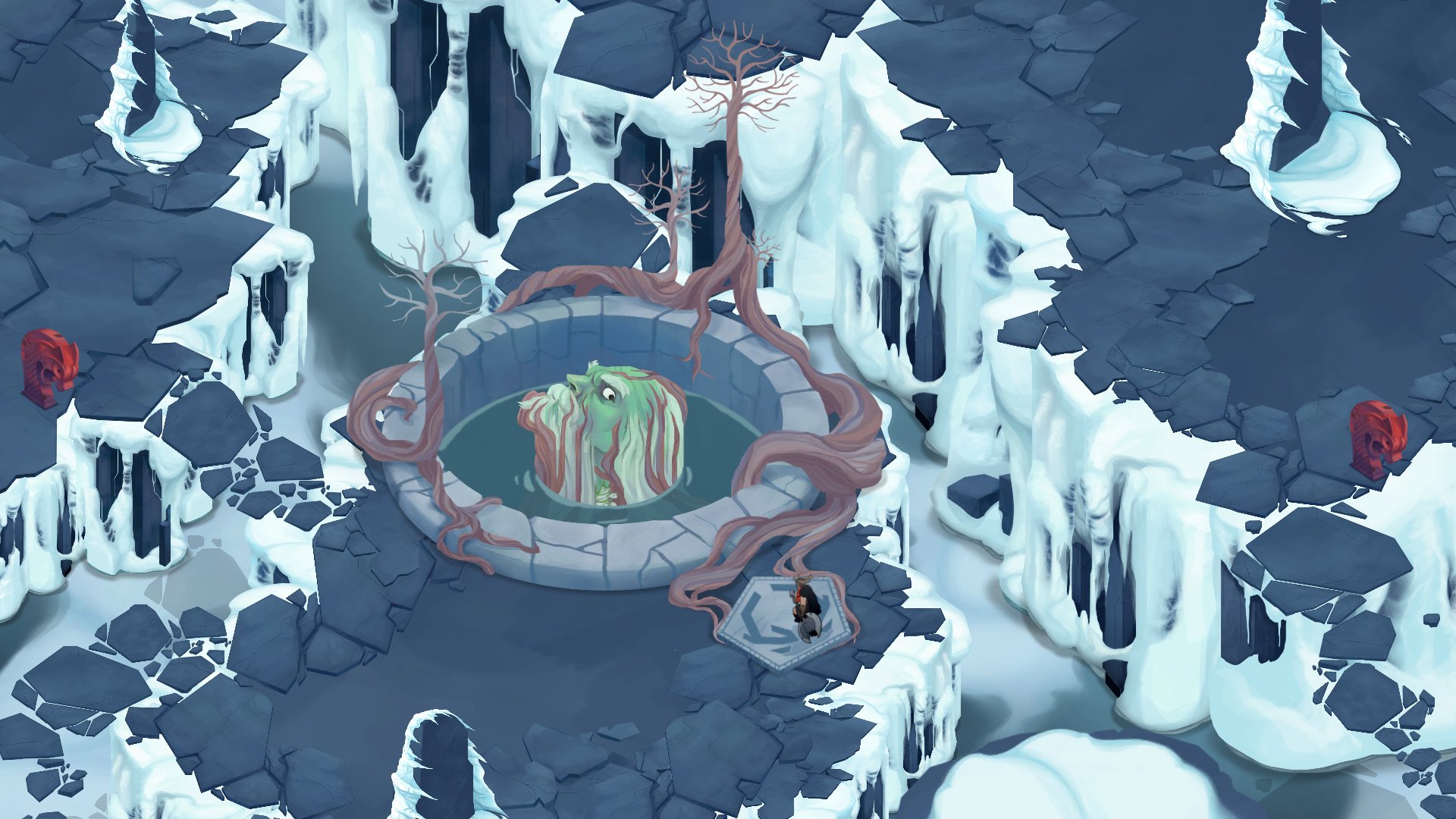
-
jotun #24
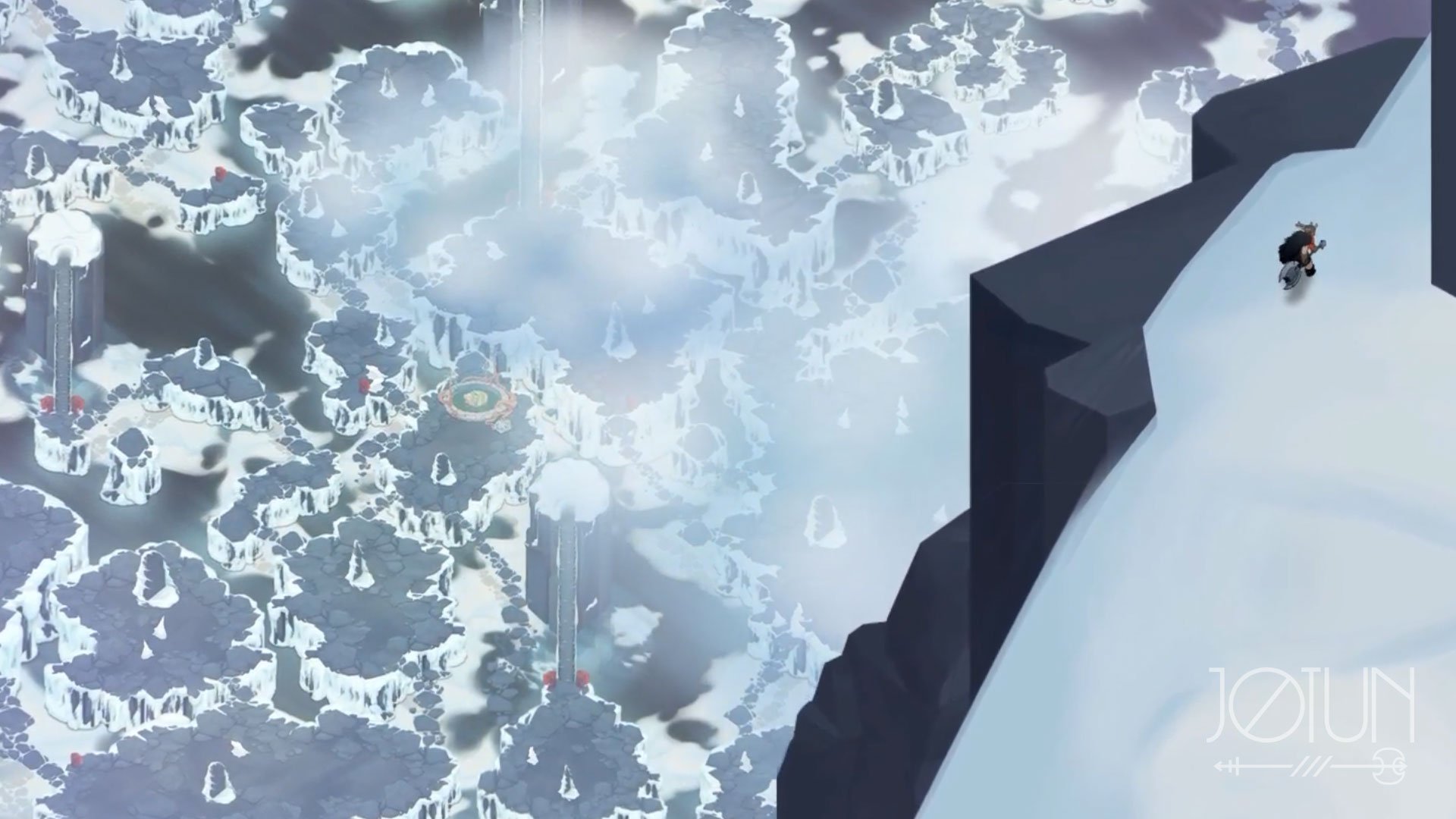
-
jotun #25
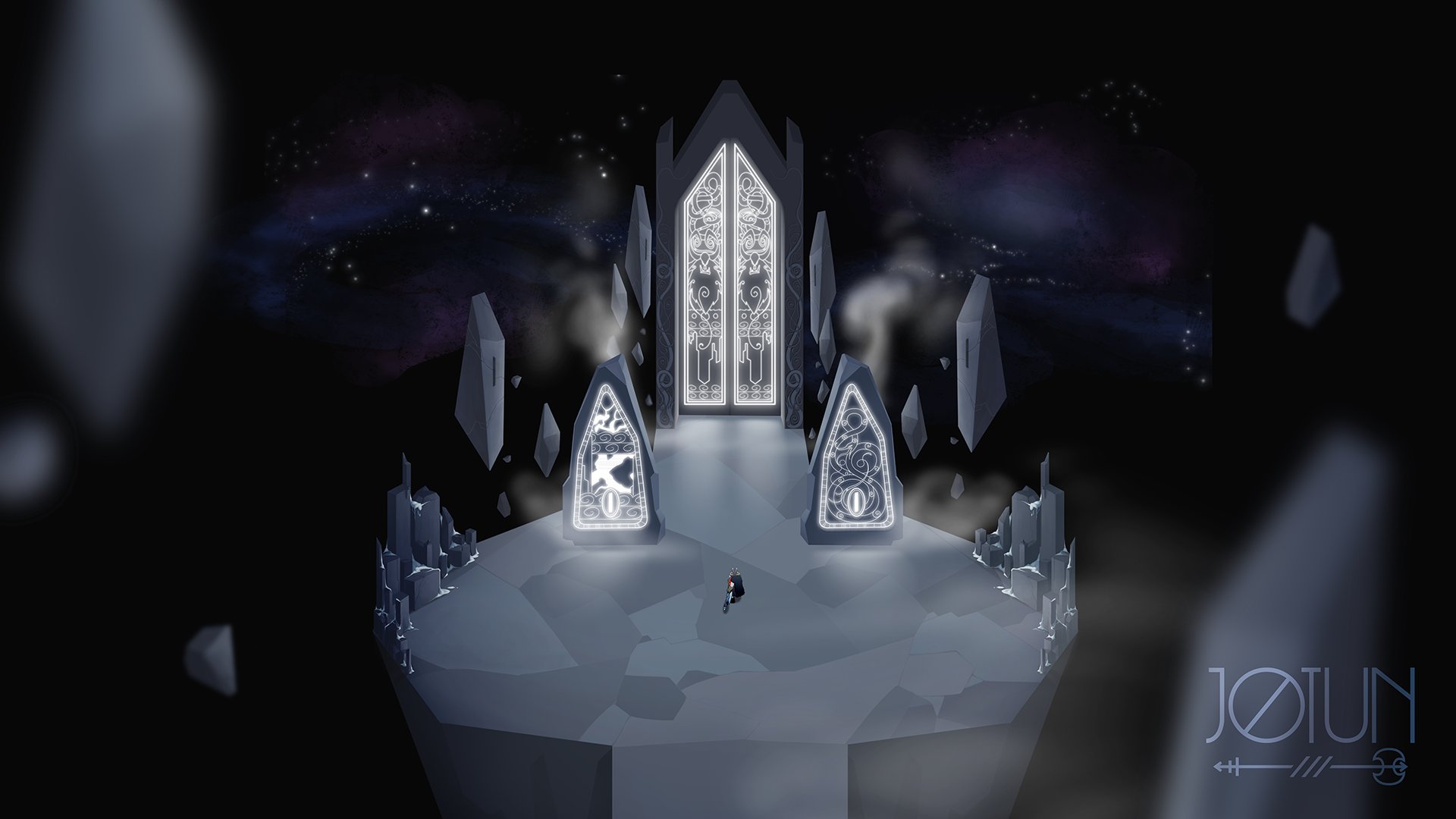
-
jotun #26
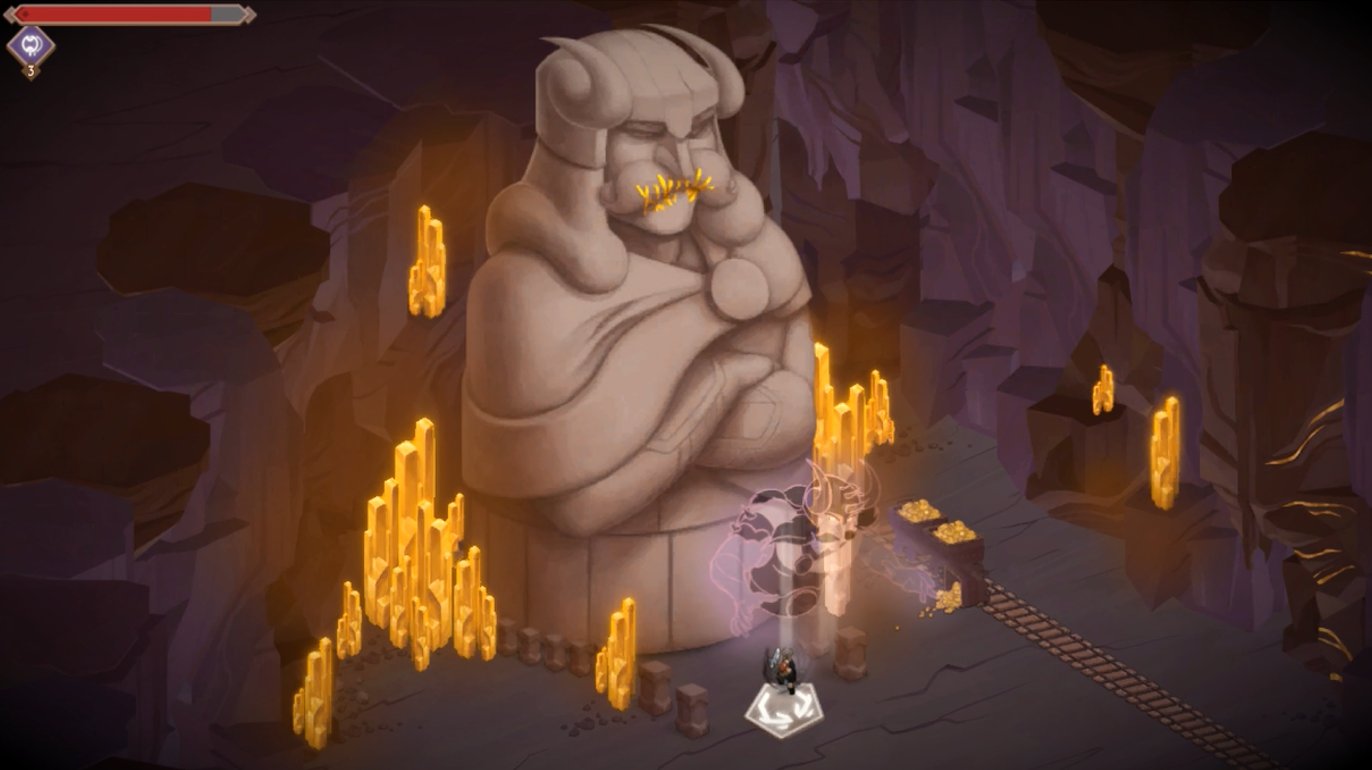
-
jotun #27

-
jotun #28
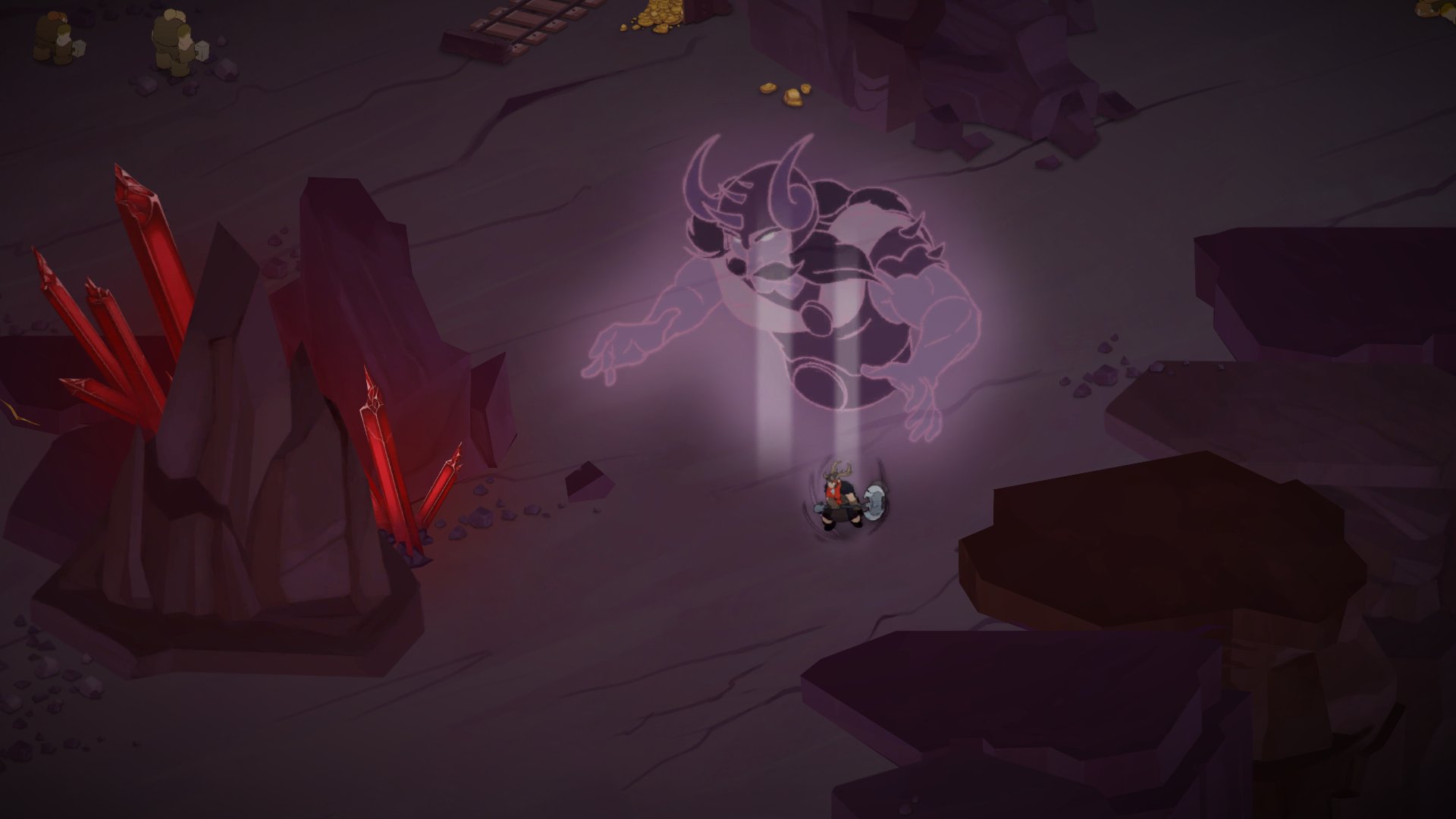
-
jotun #29
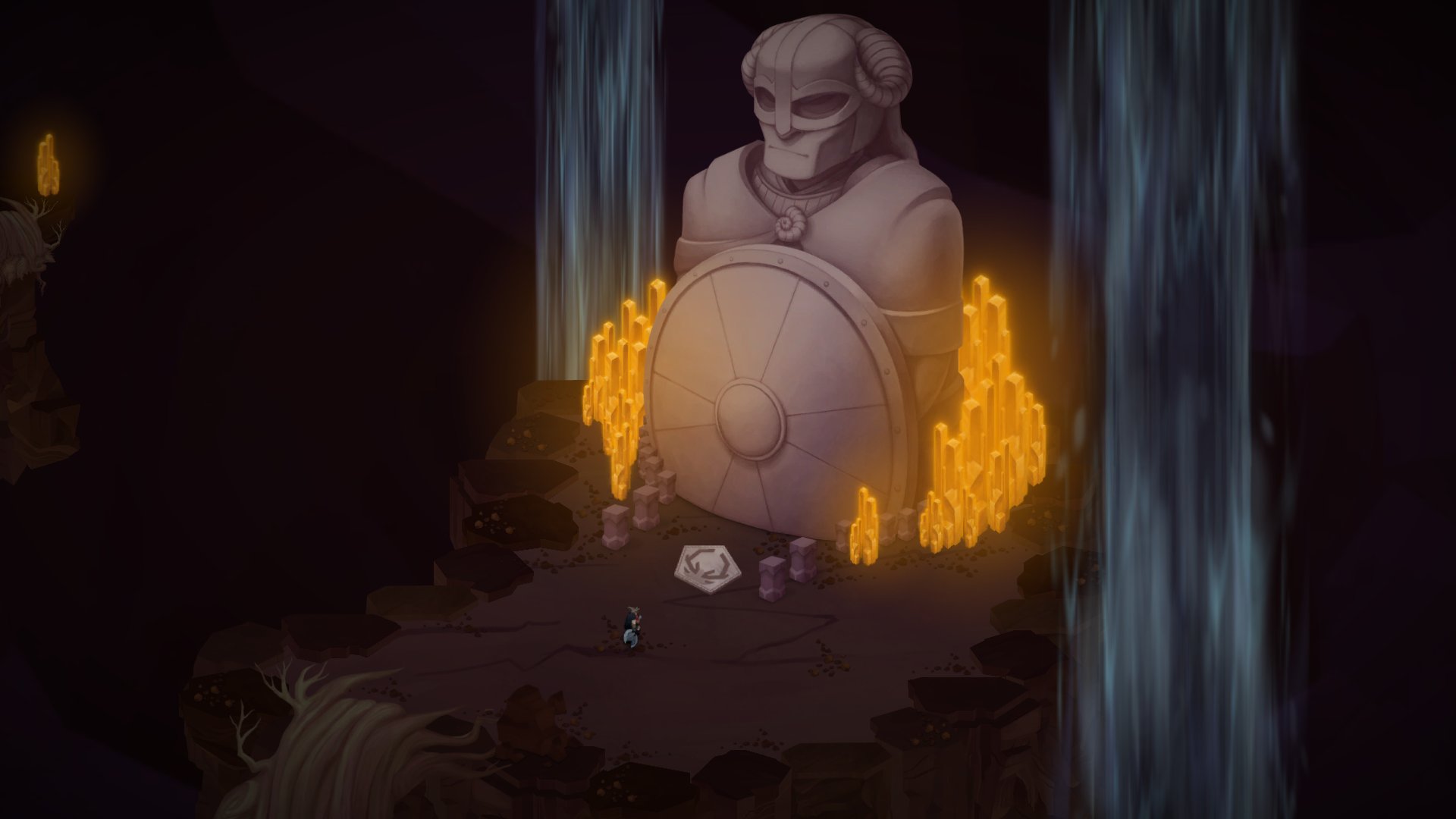
-
jotun #30
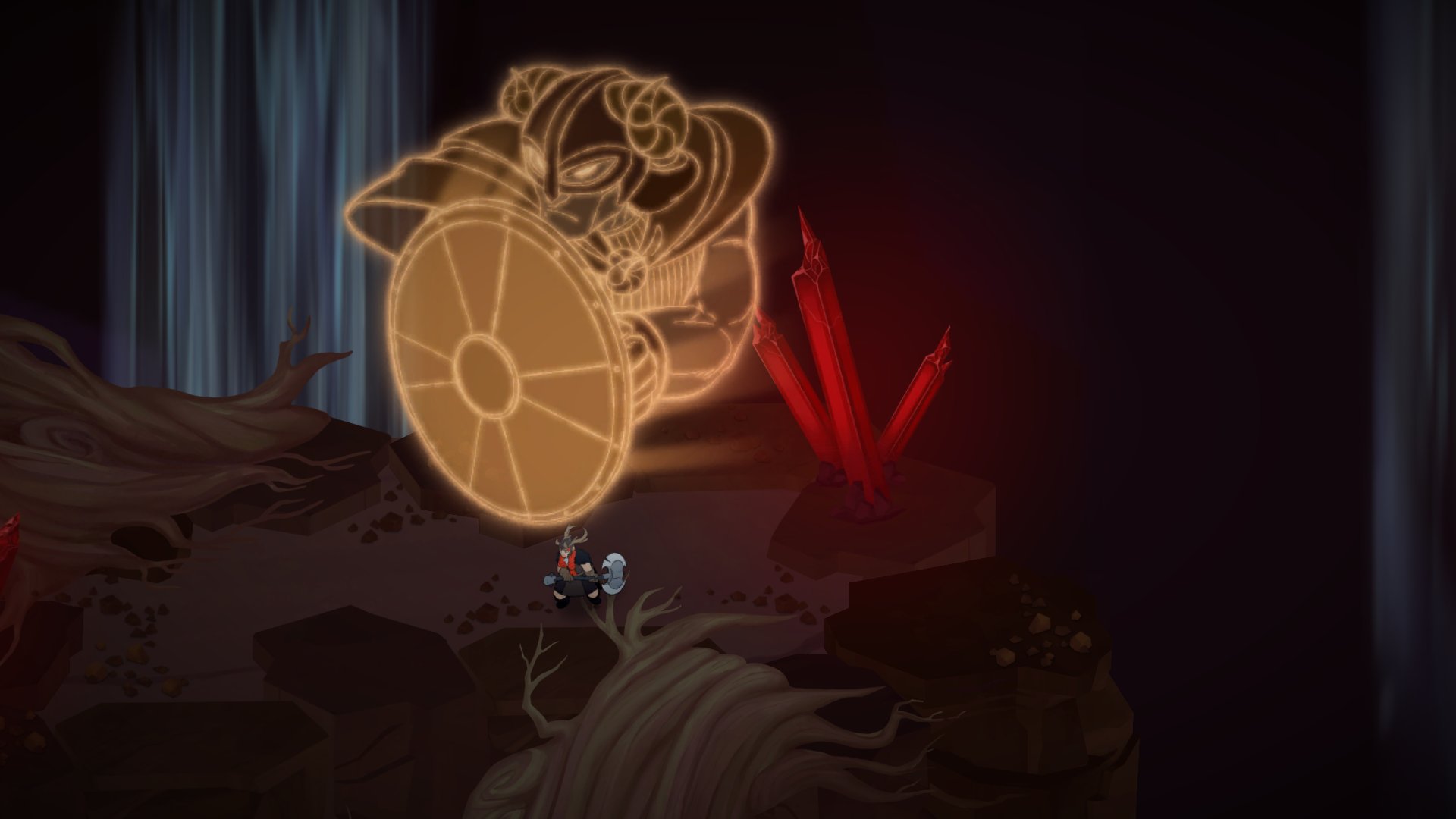
-
jotun #31
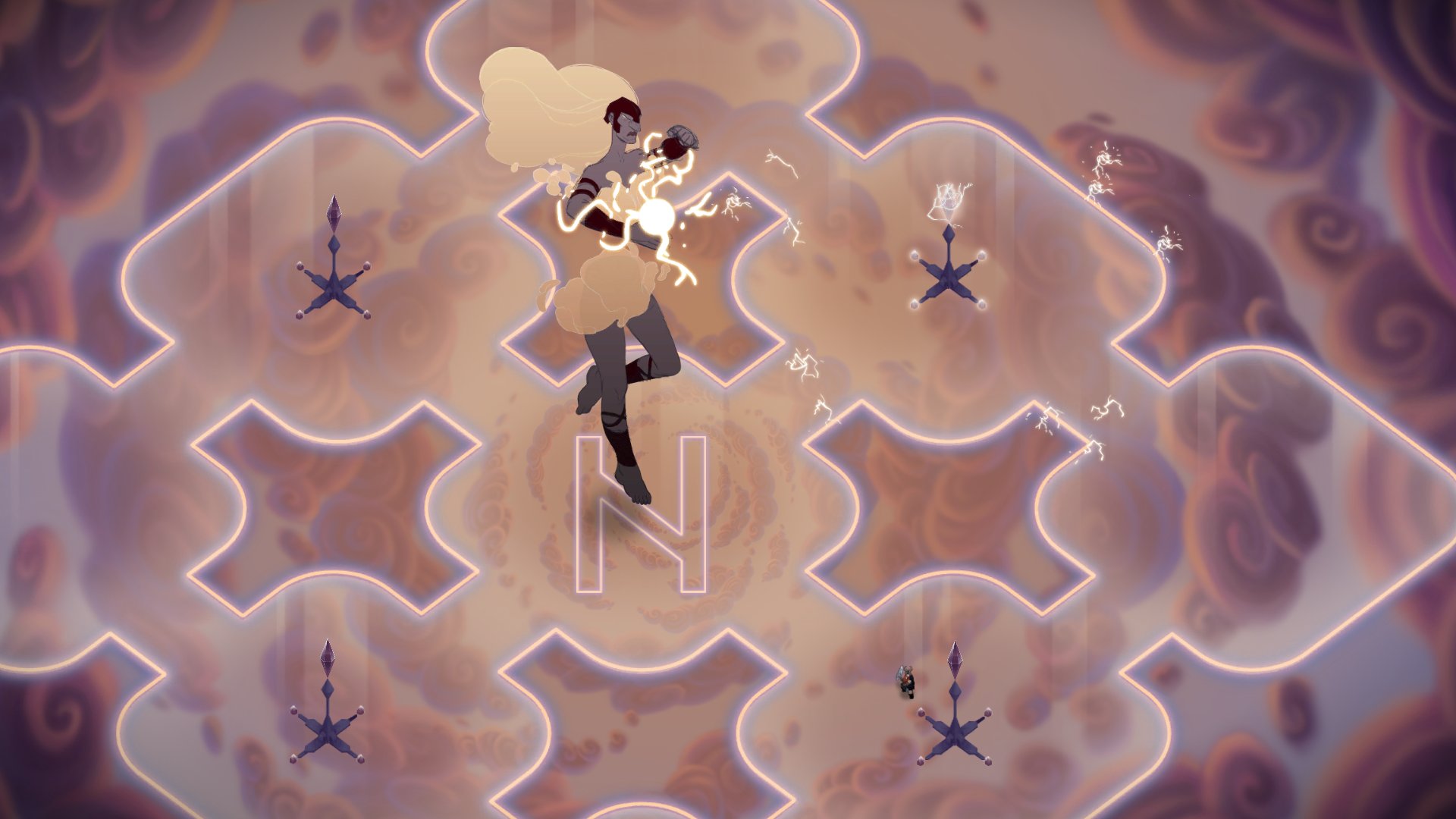
-
jotun #32
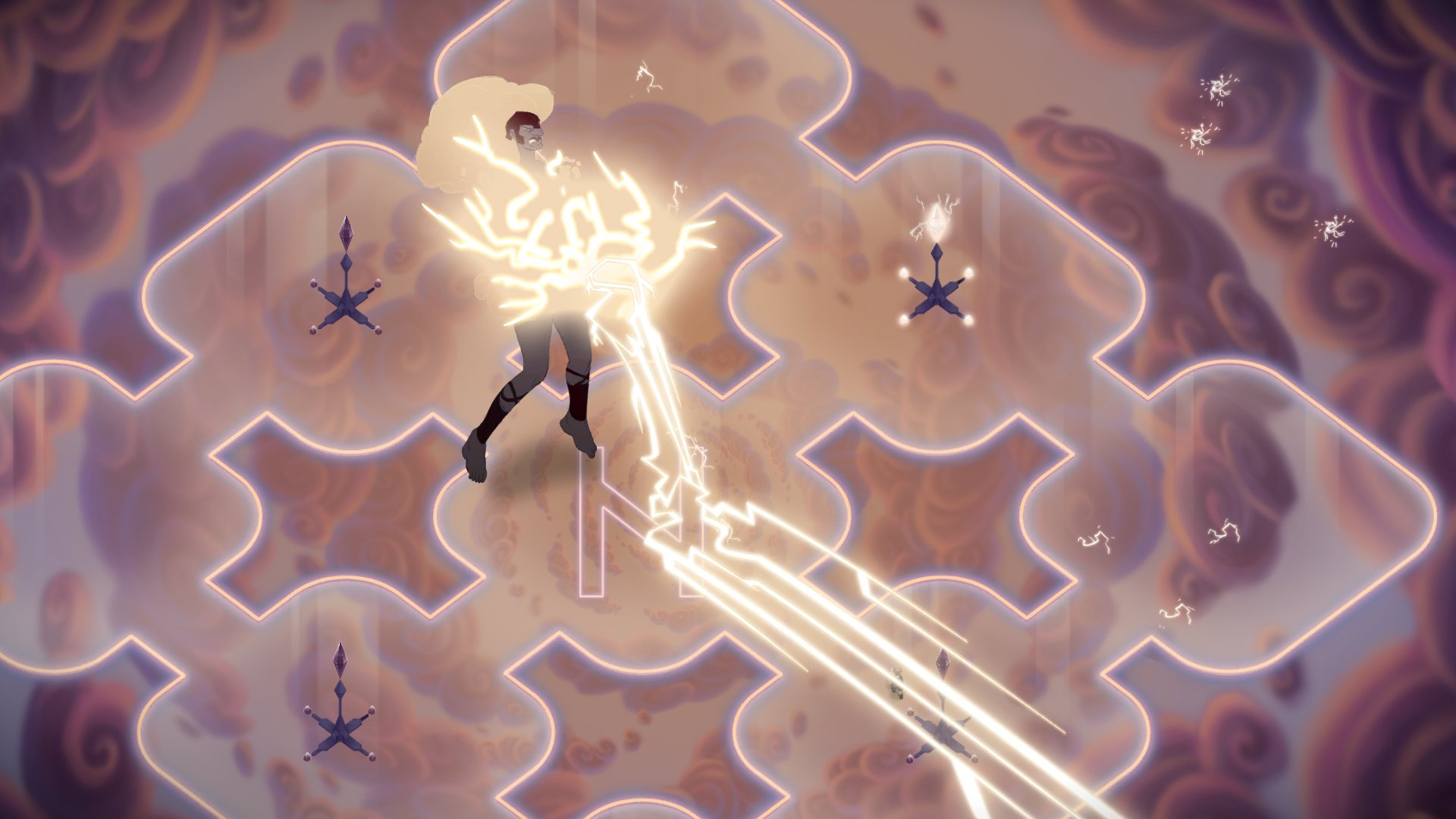
-
jotun #33
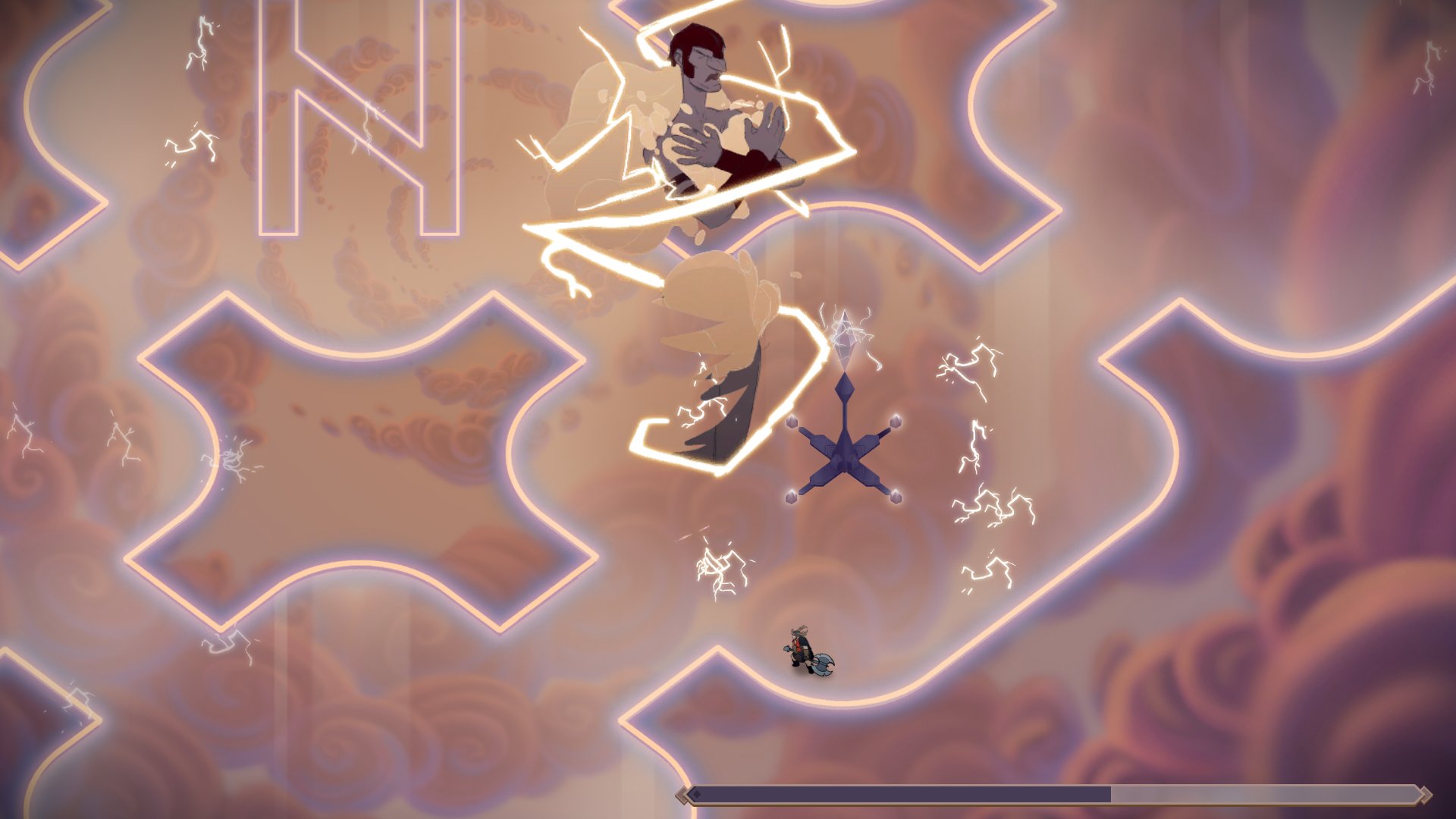
-
jotun #34
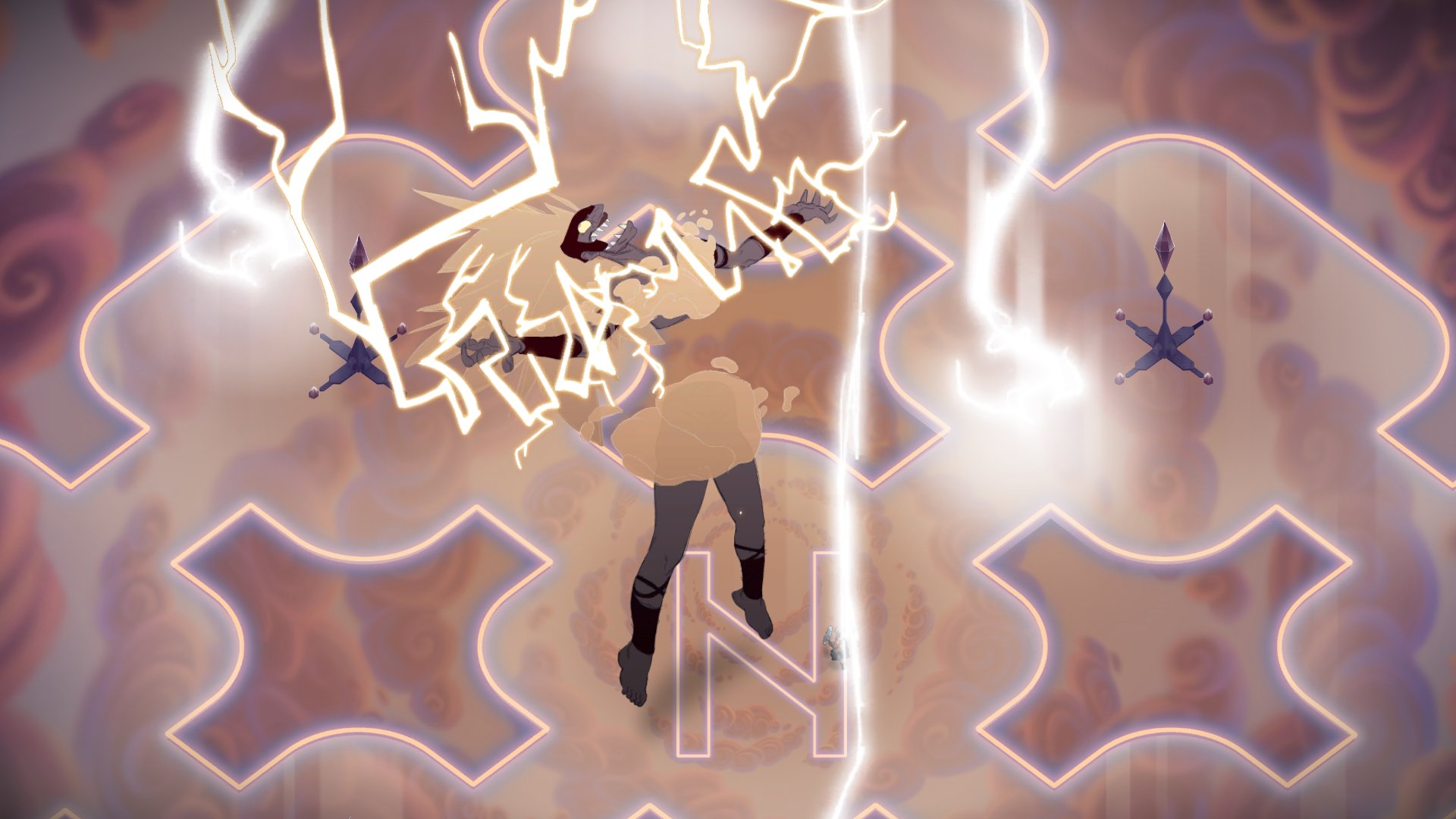
-
jotun #35
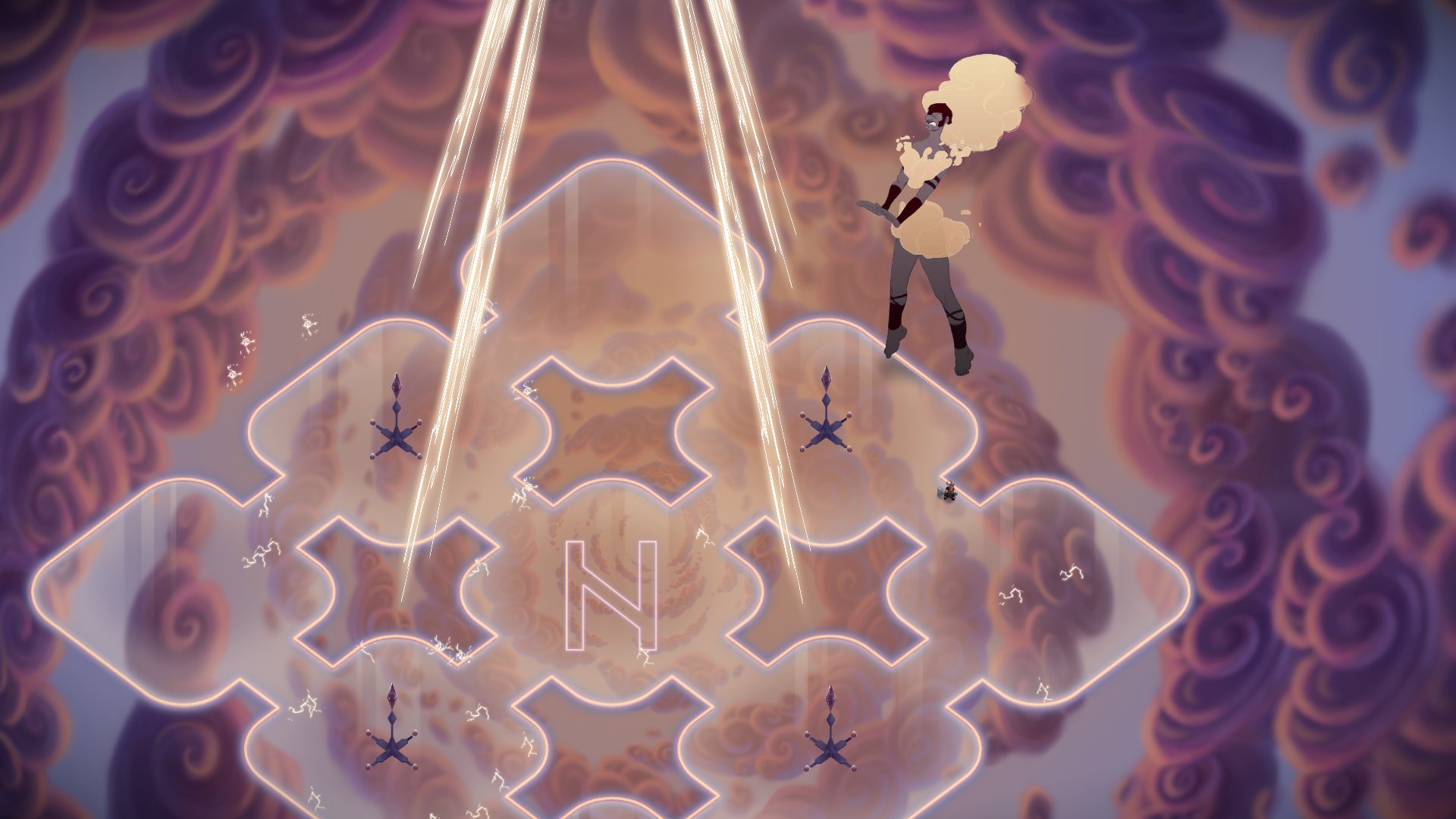
-
jotun #36
